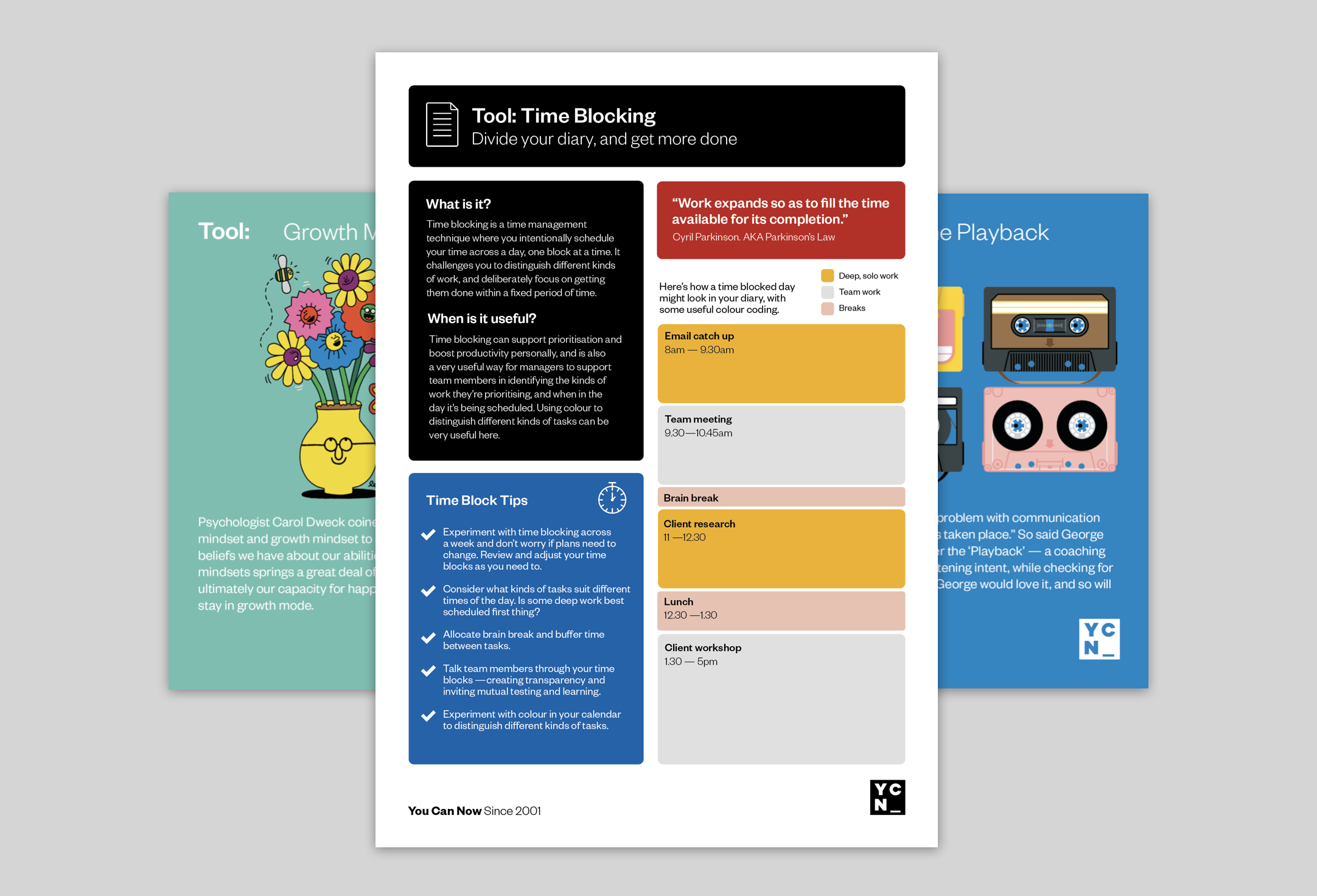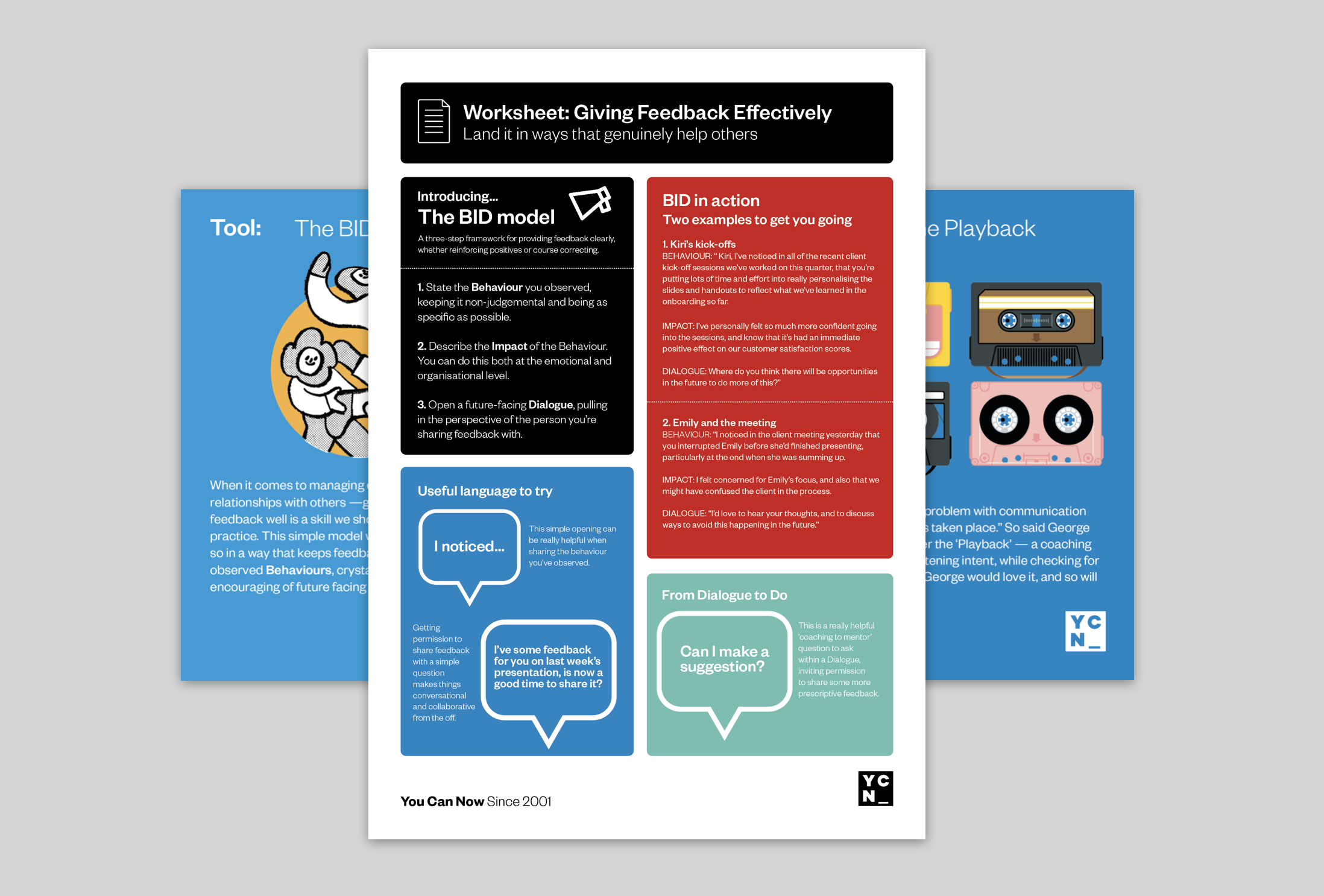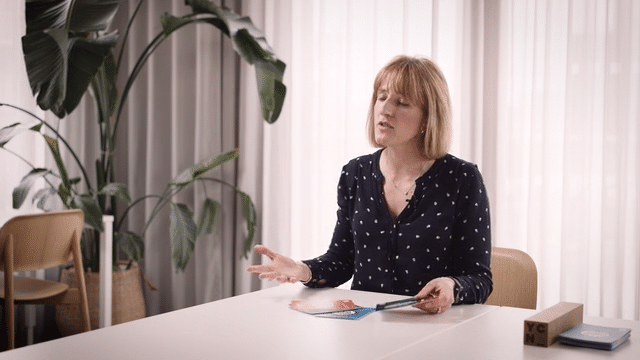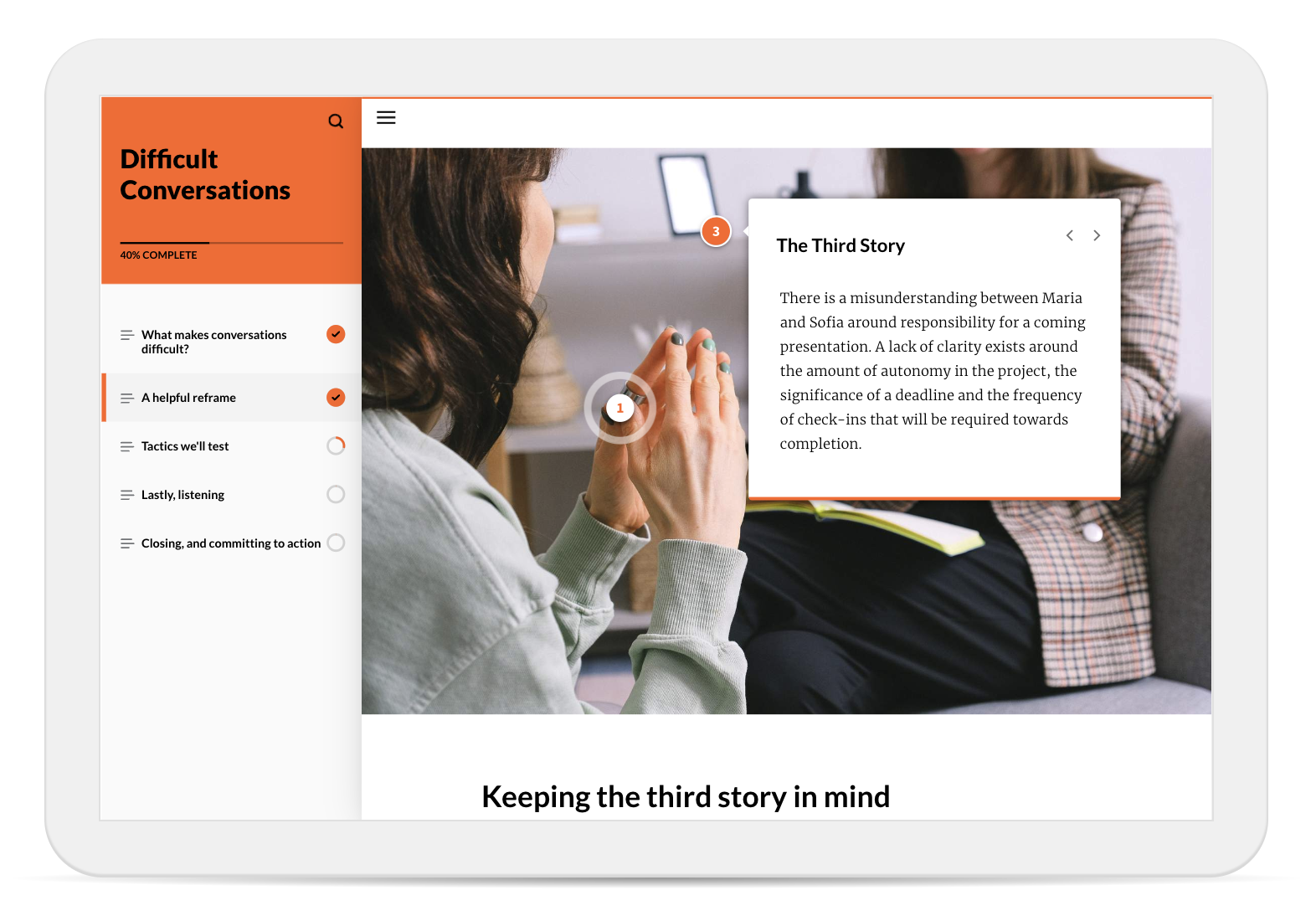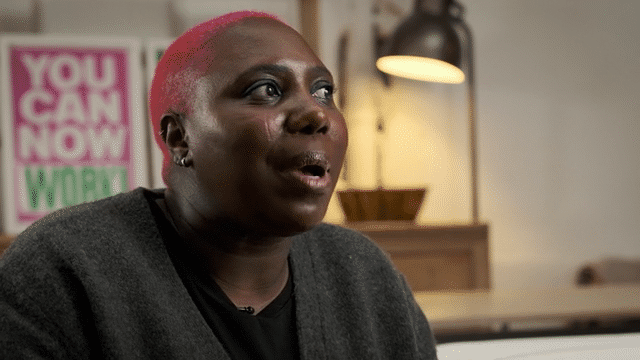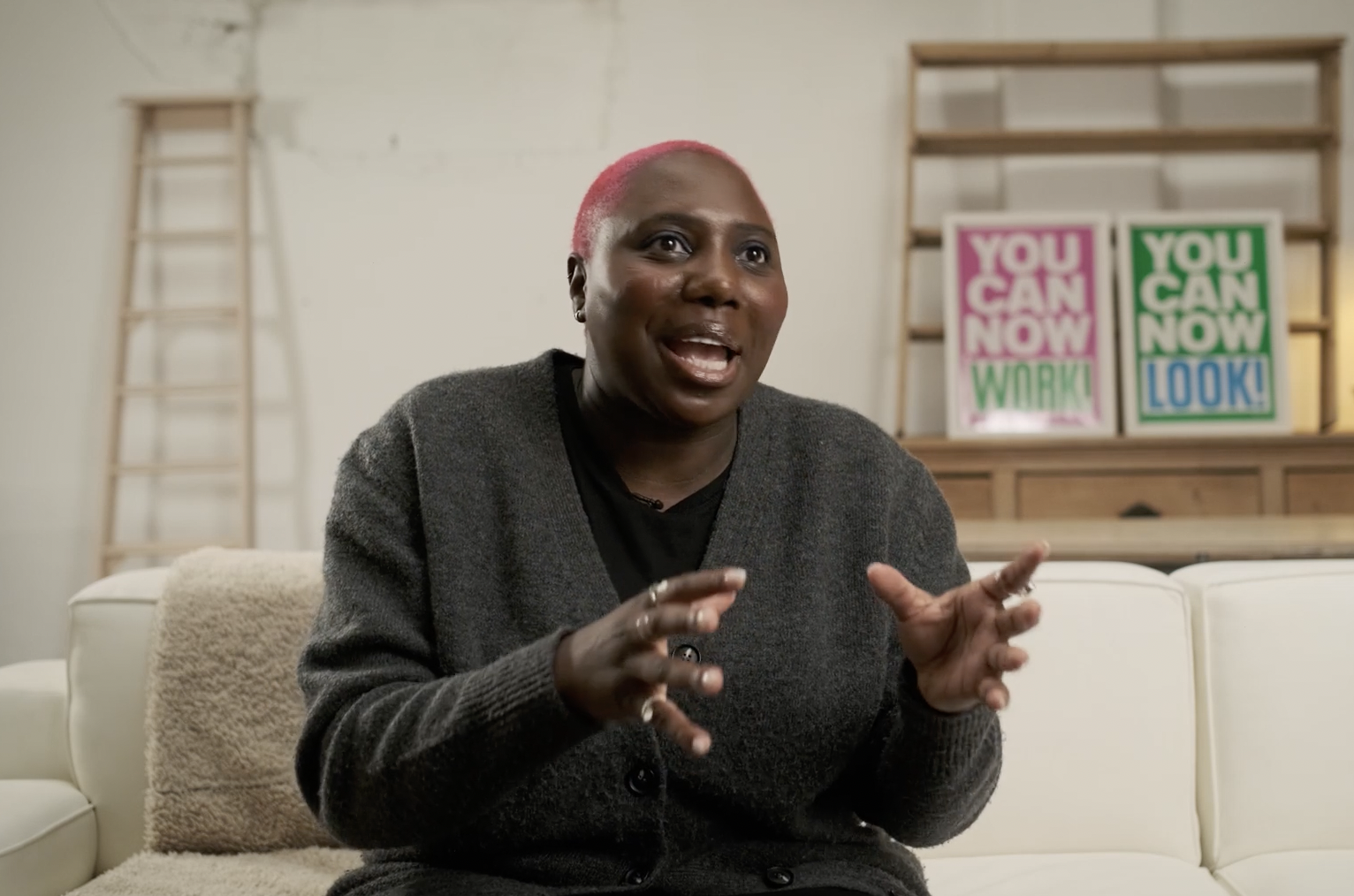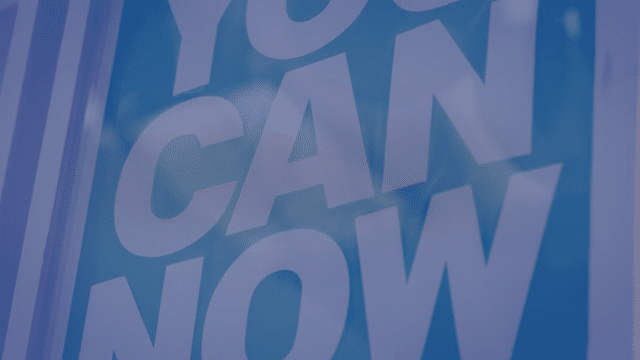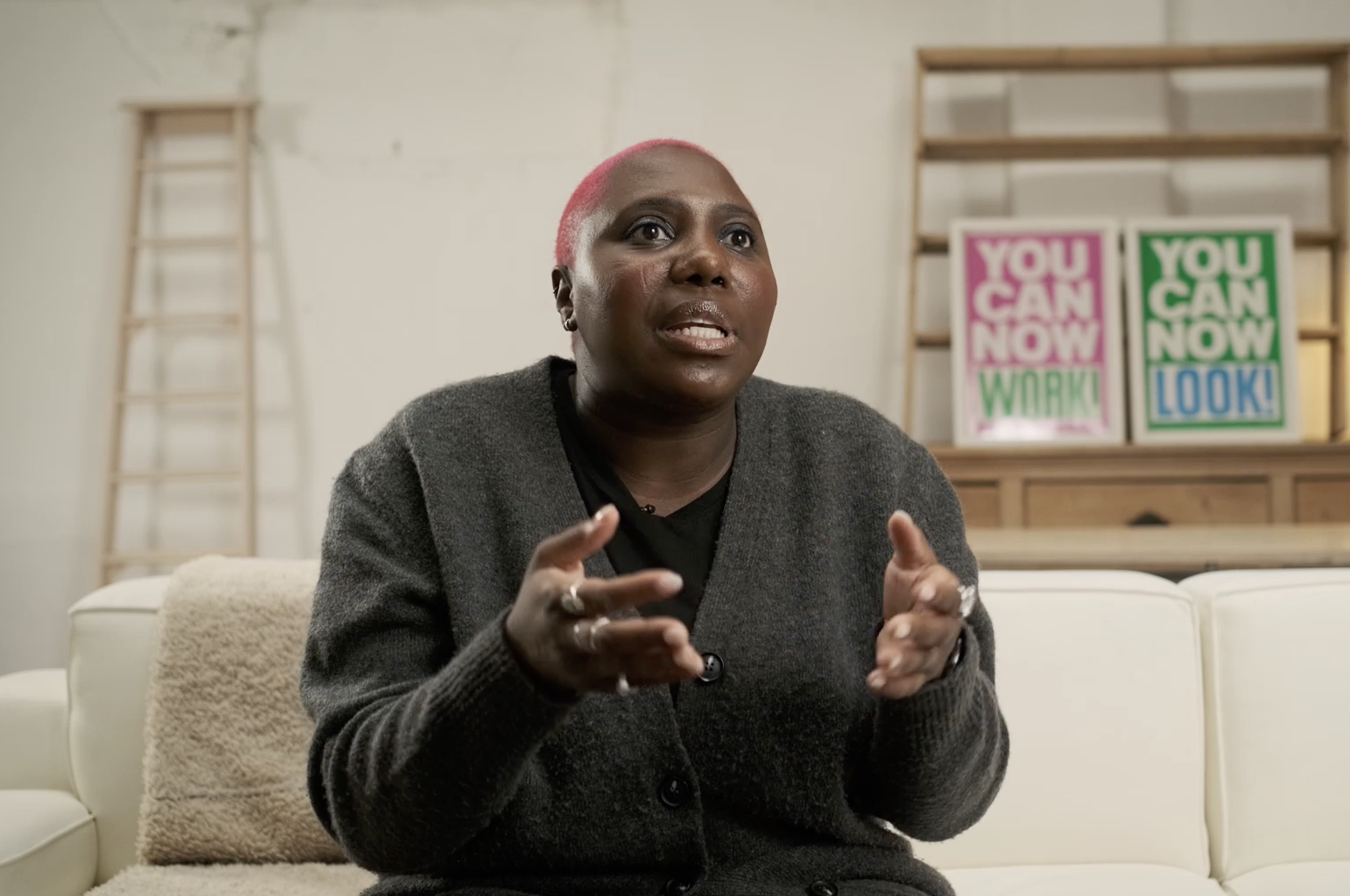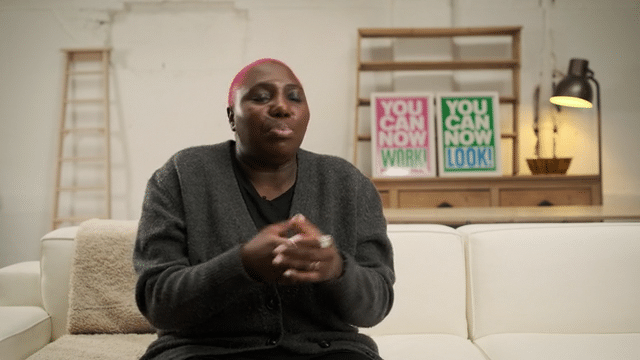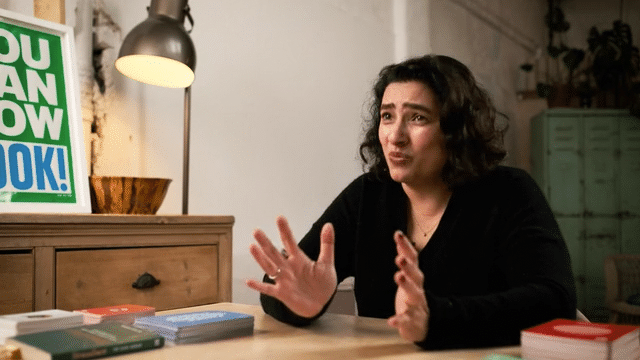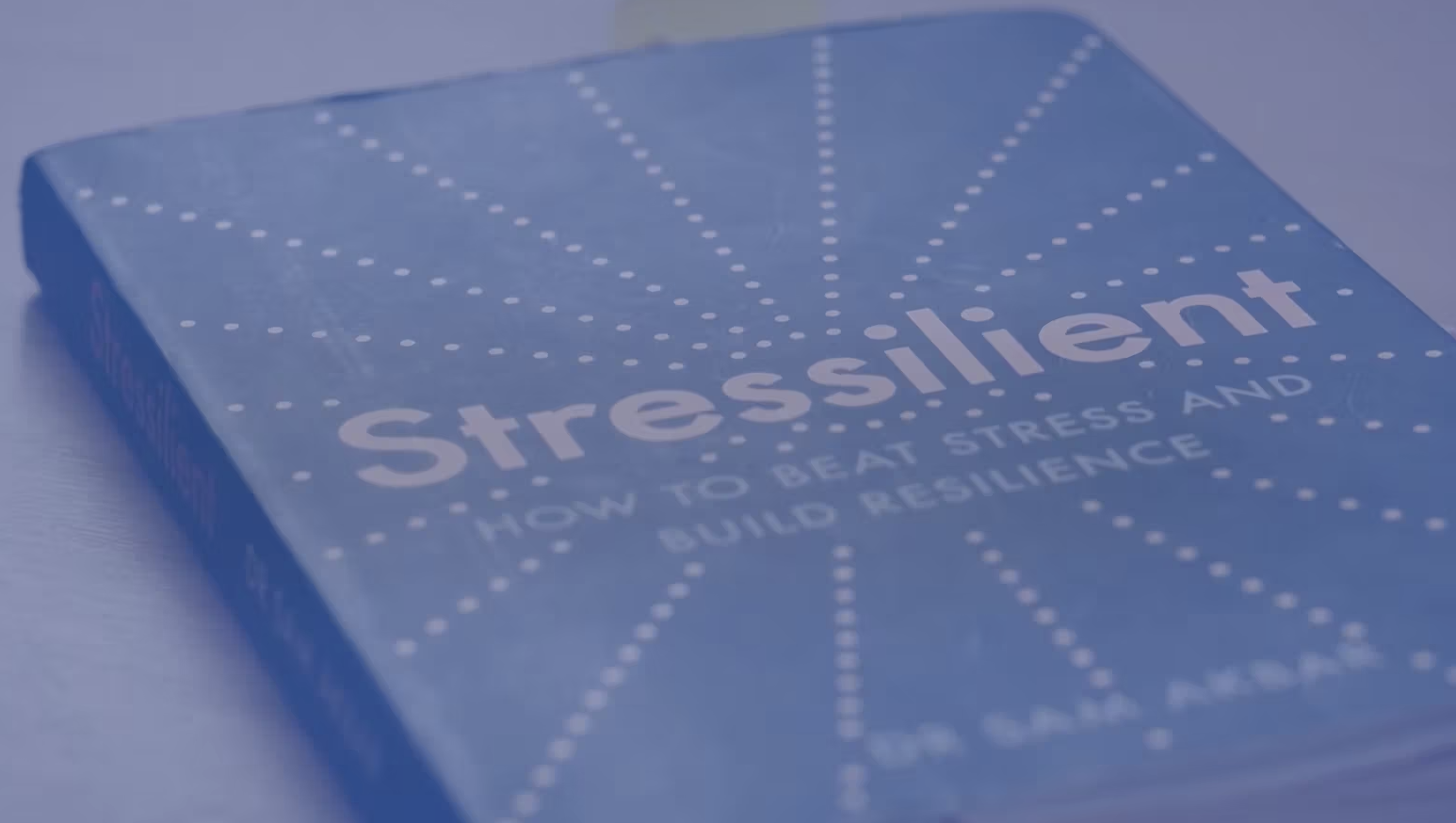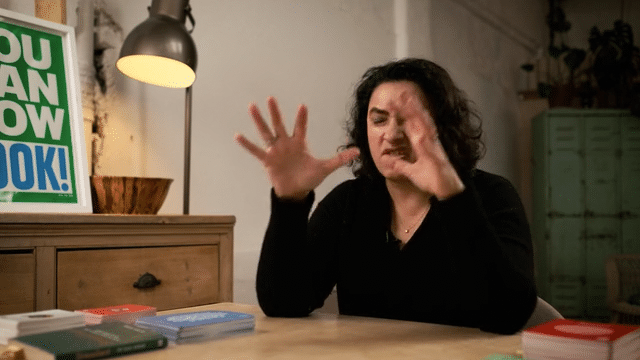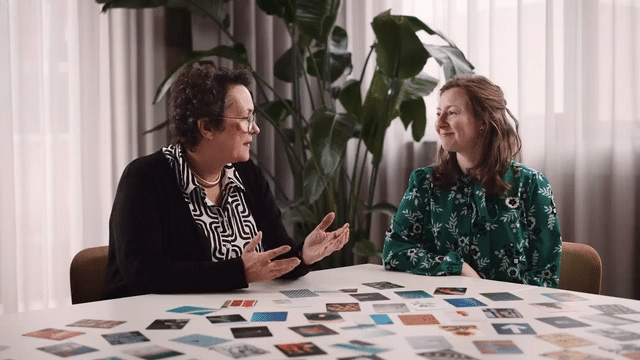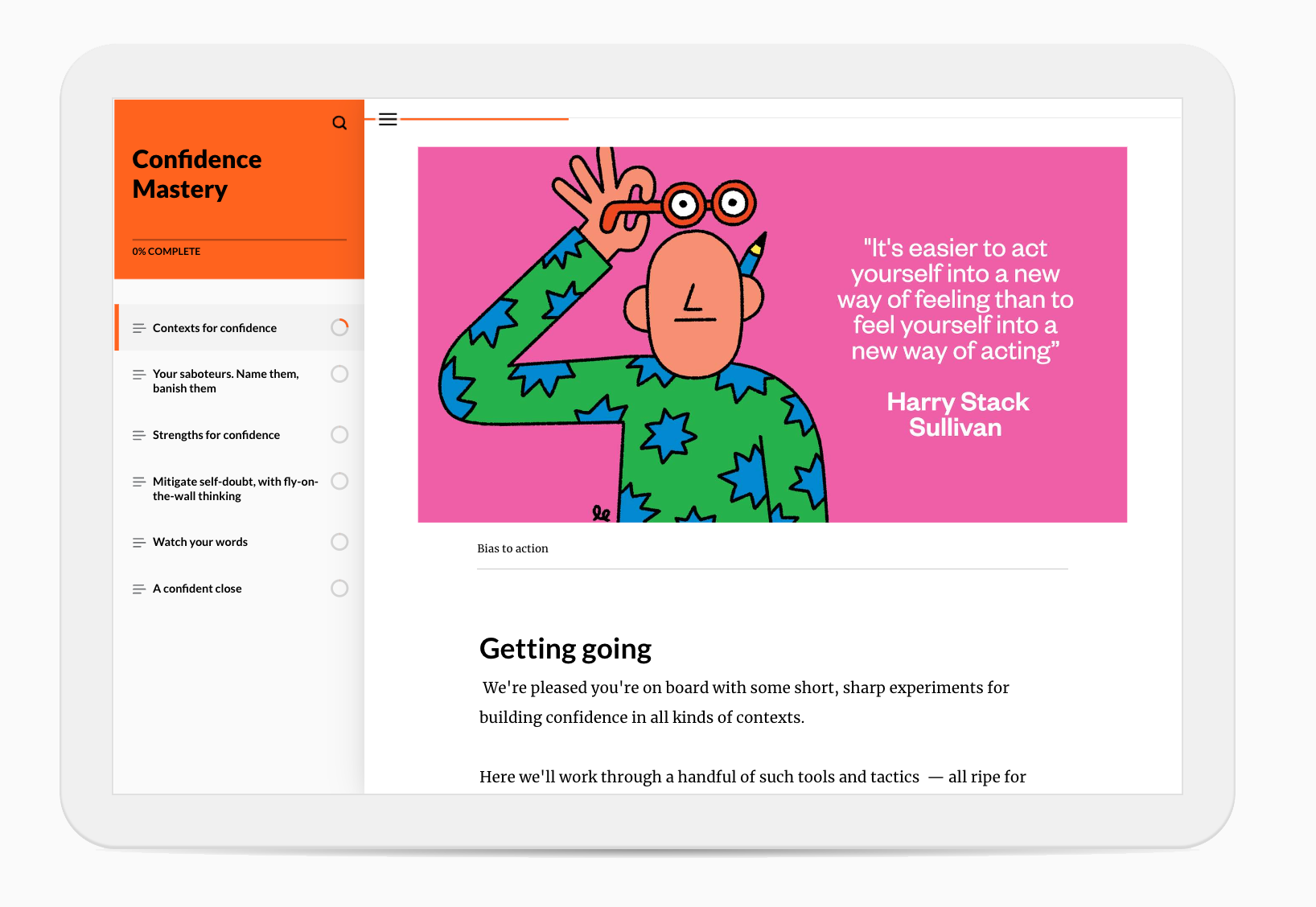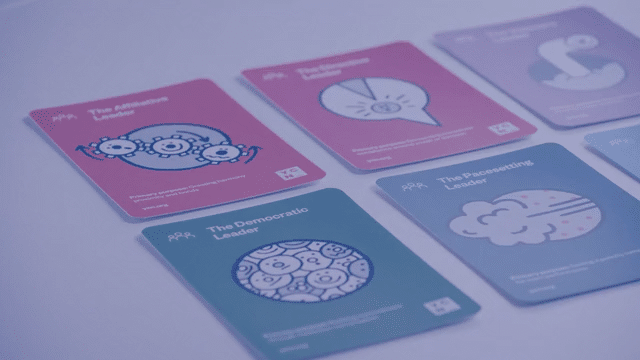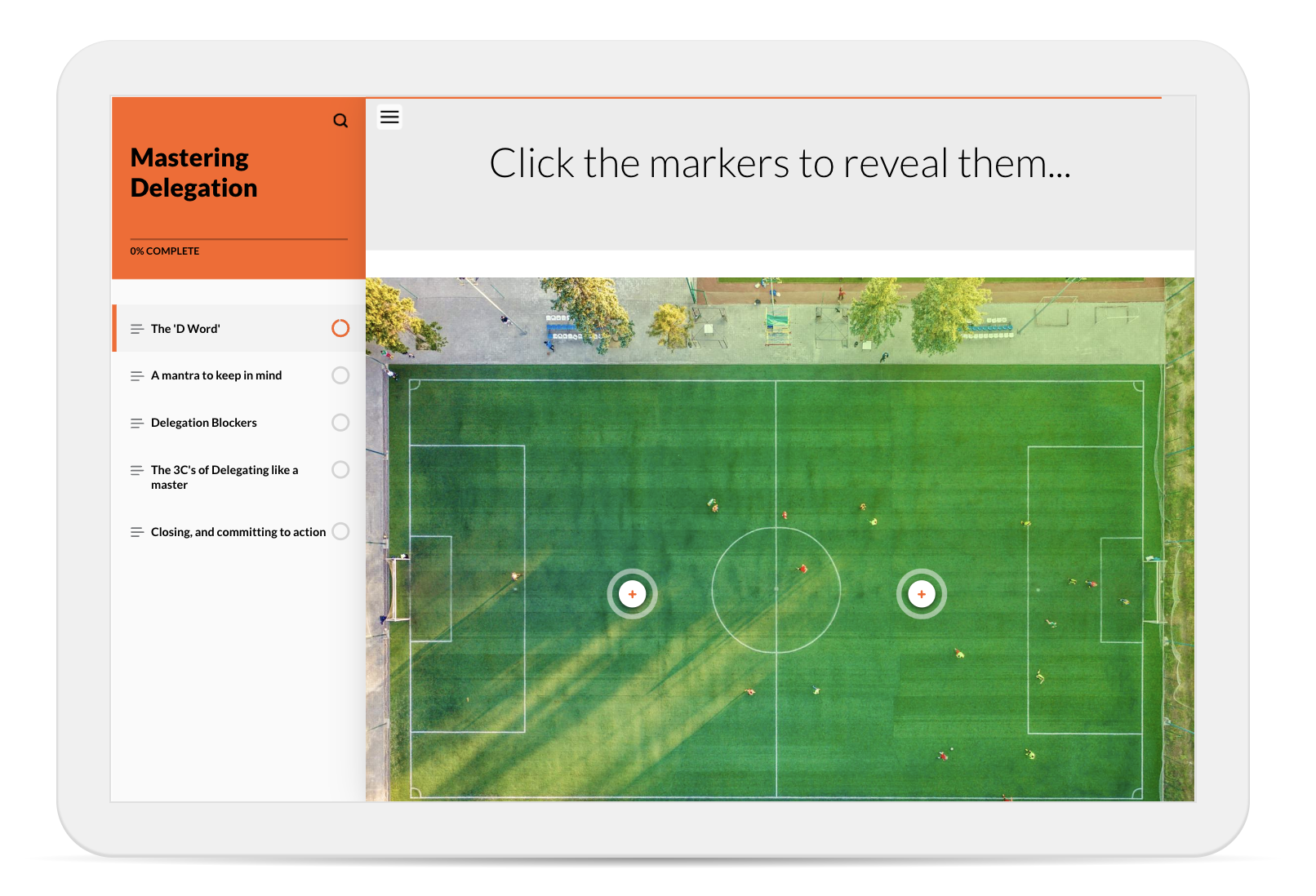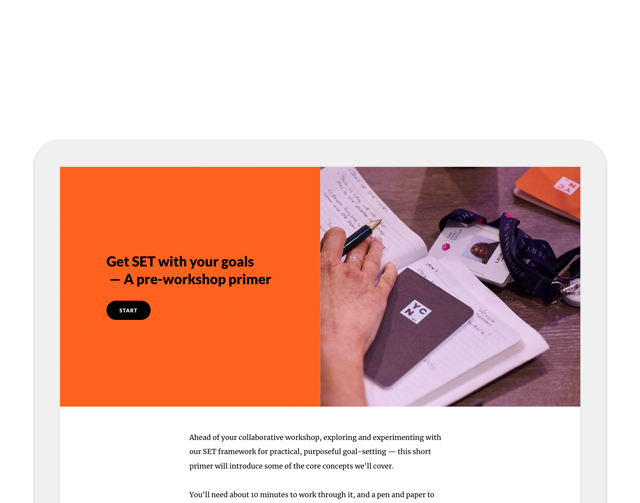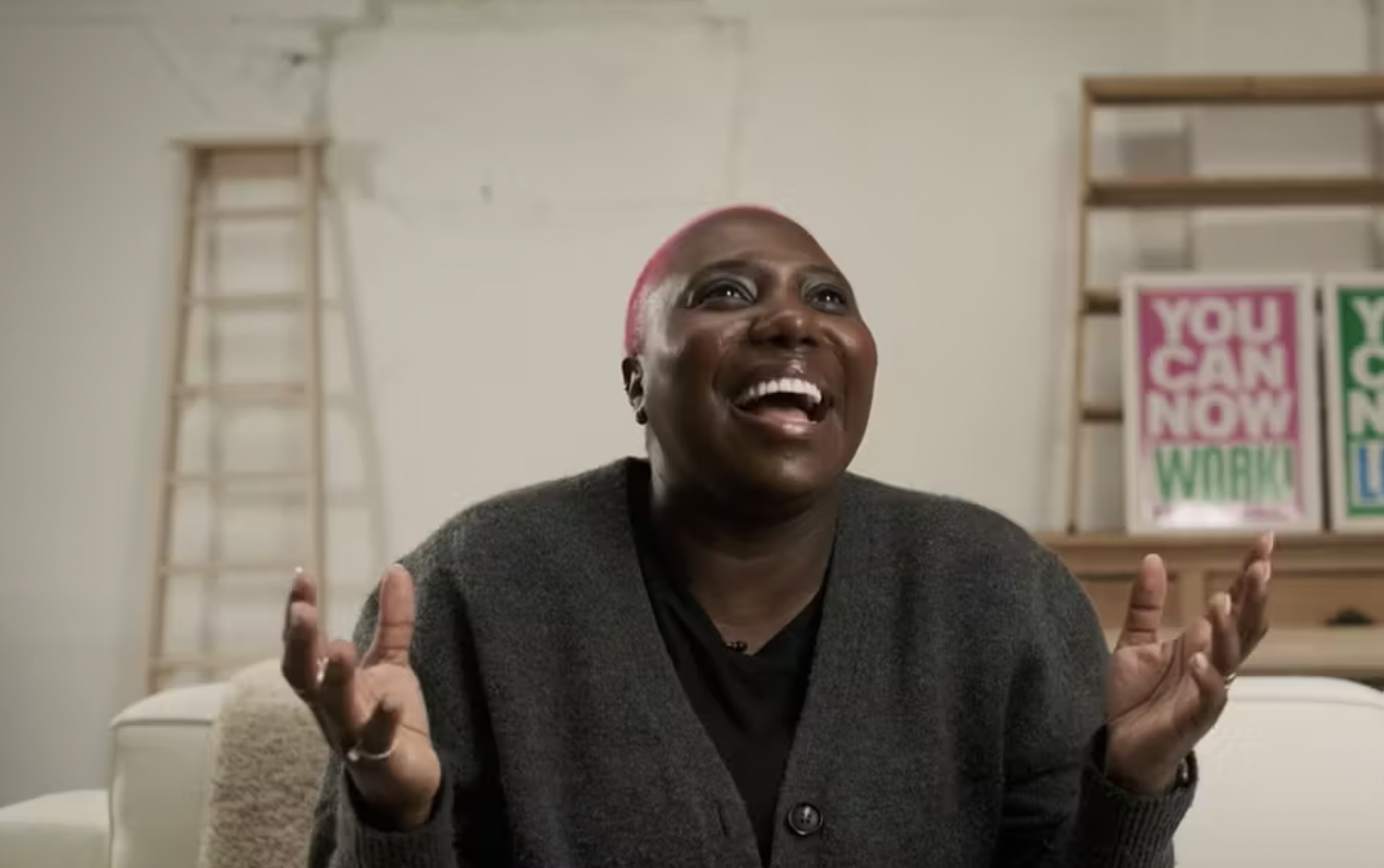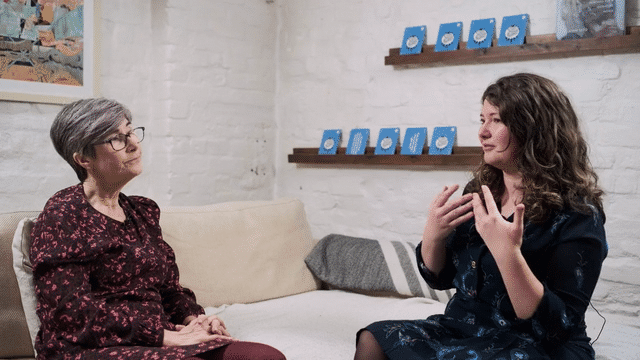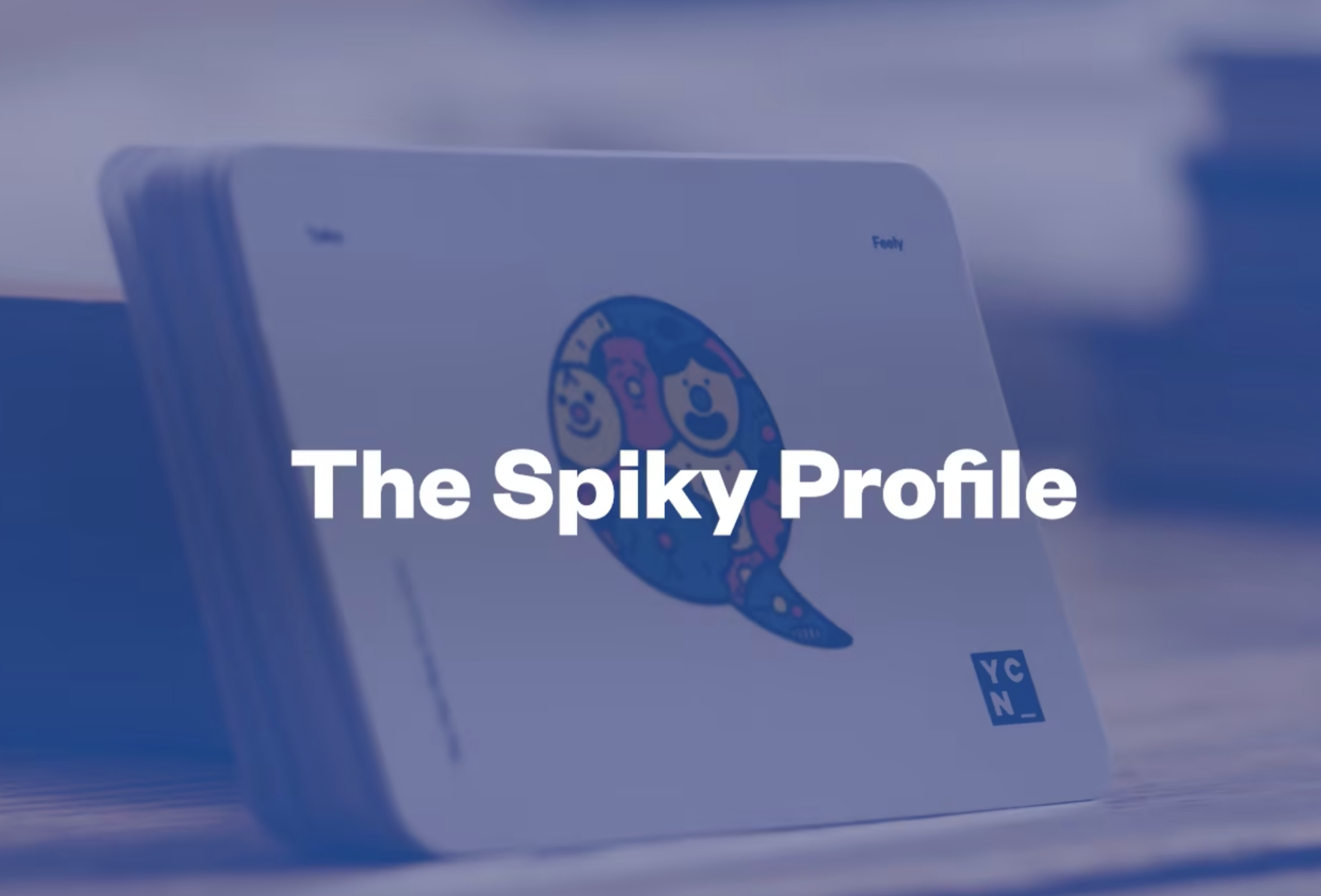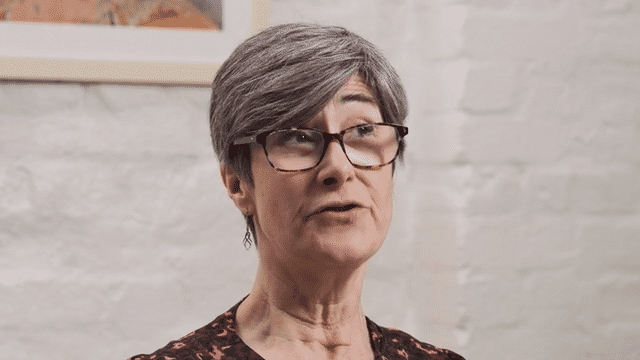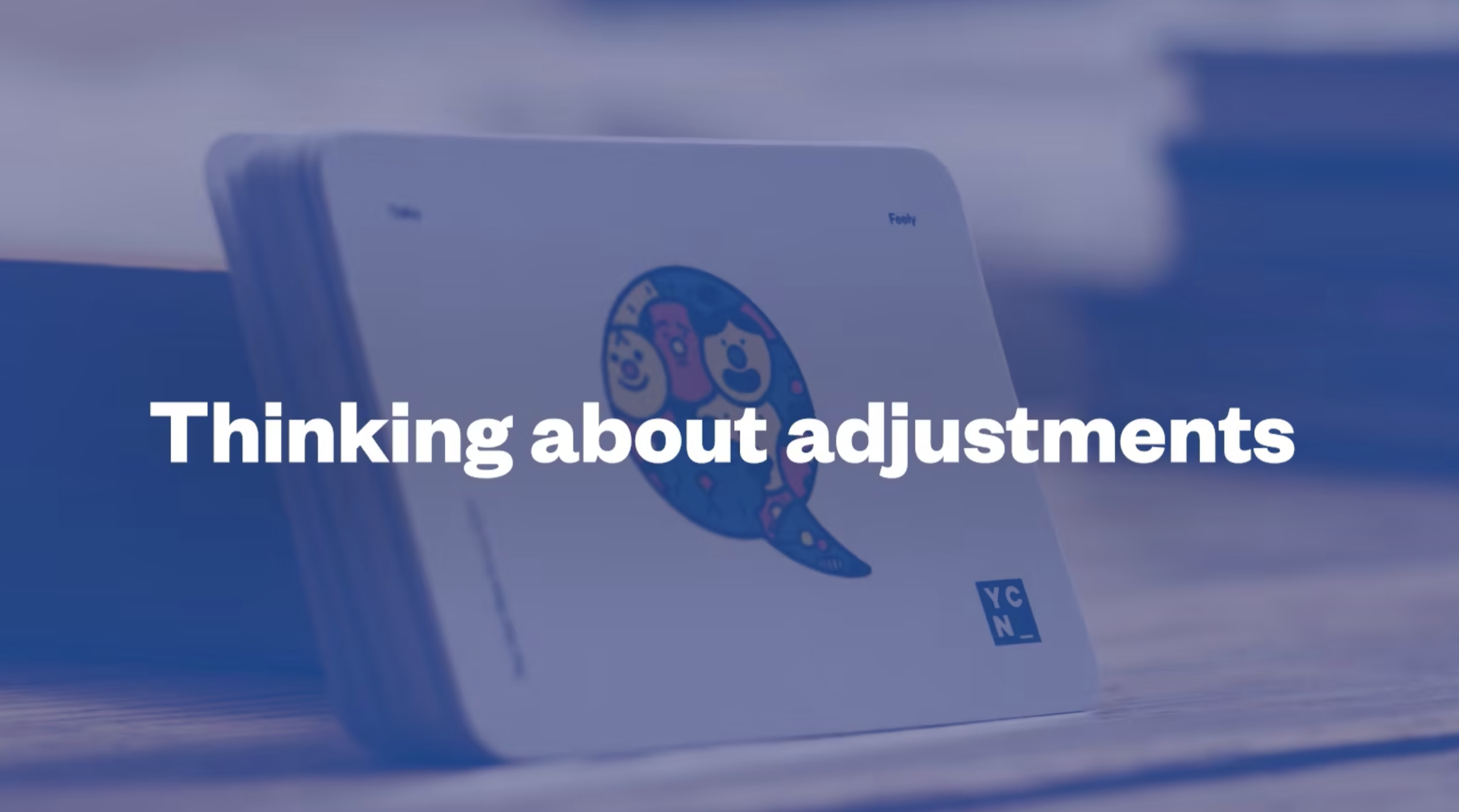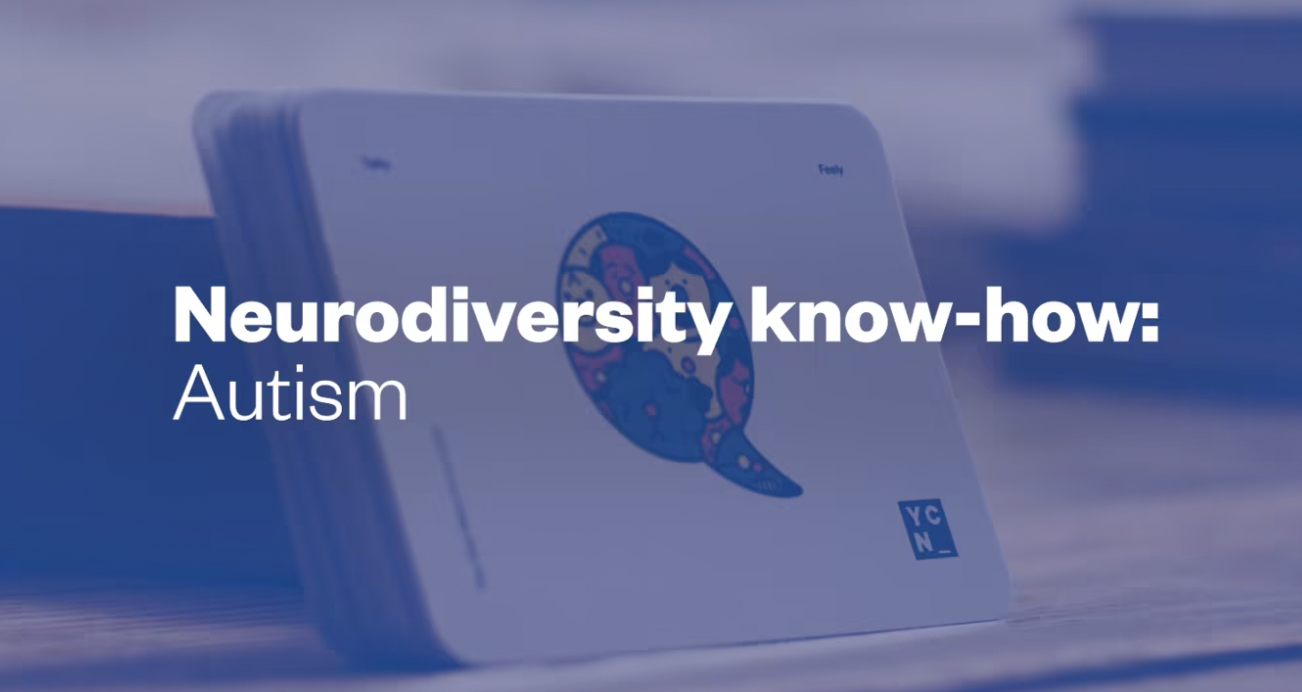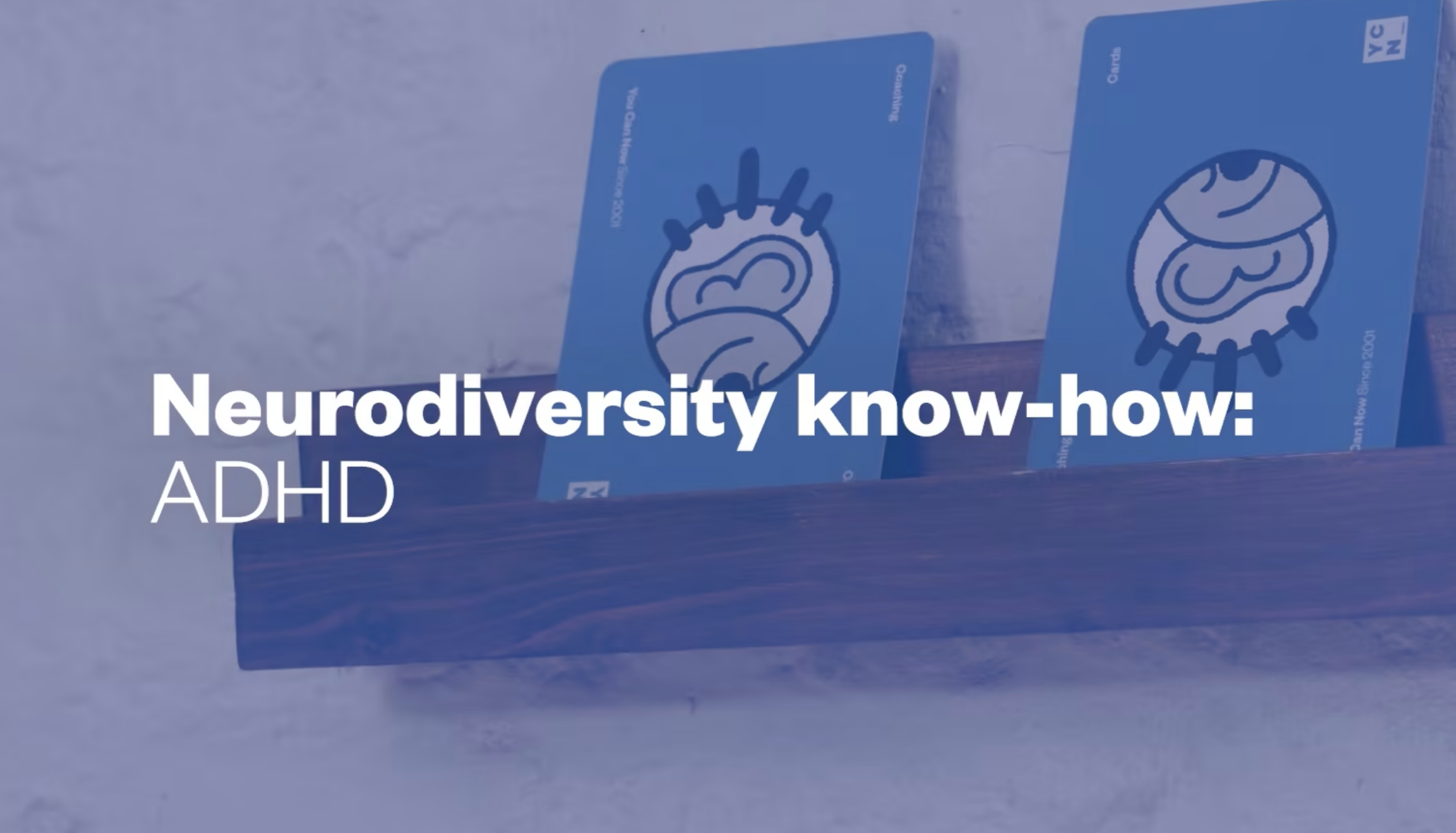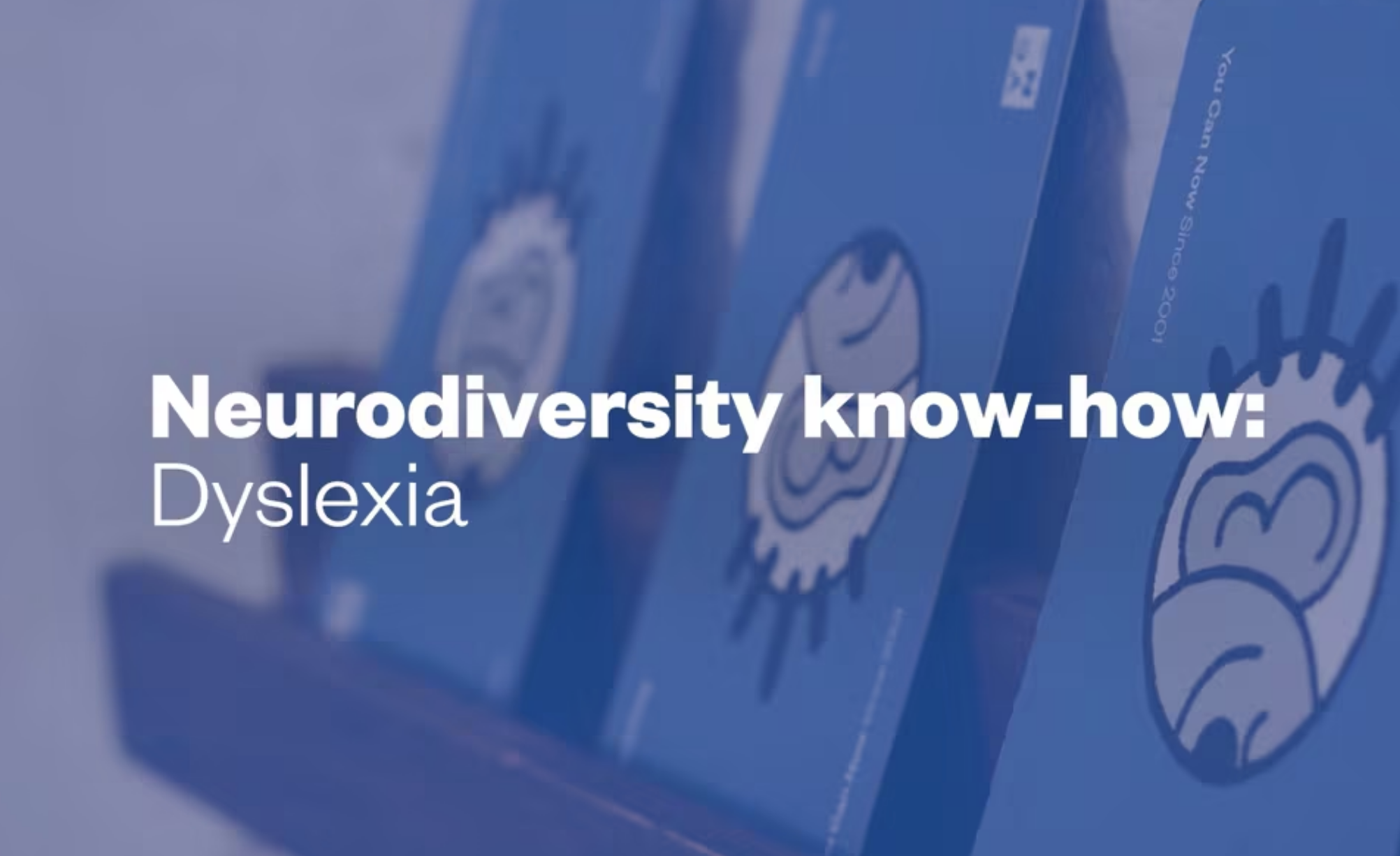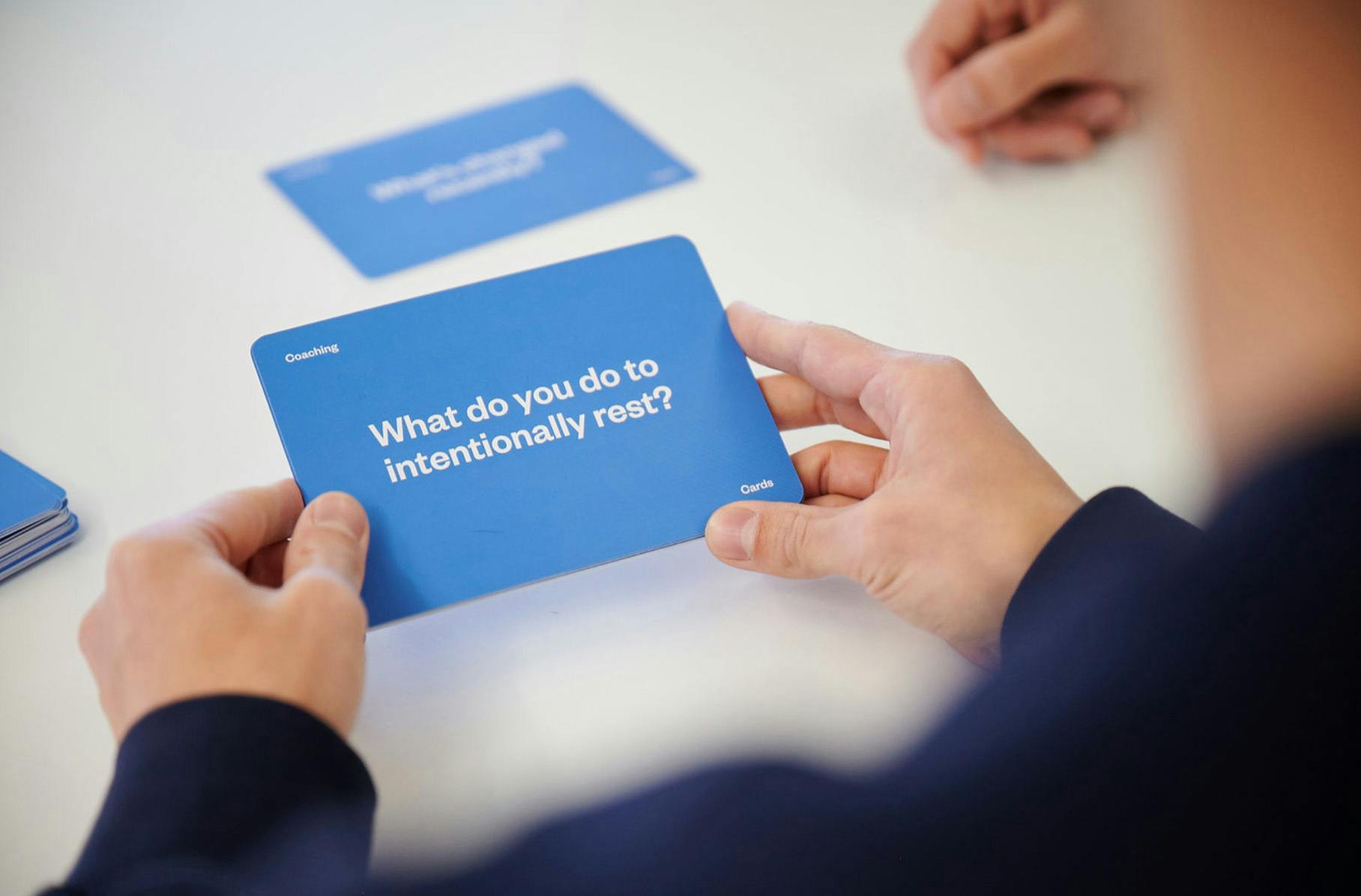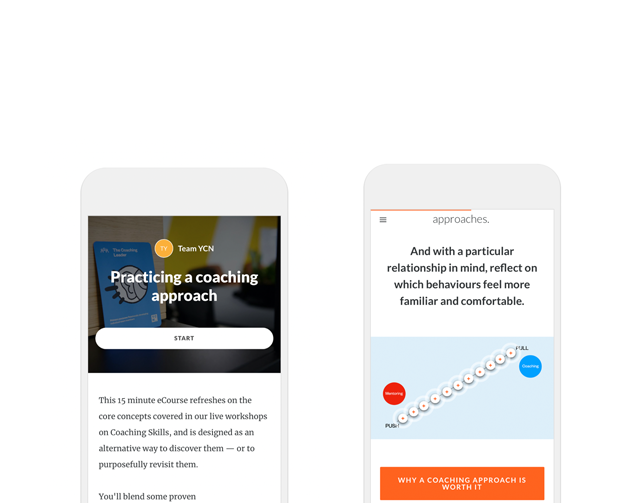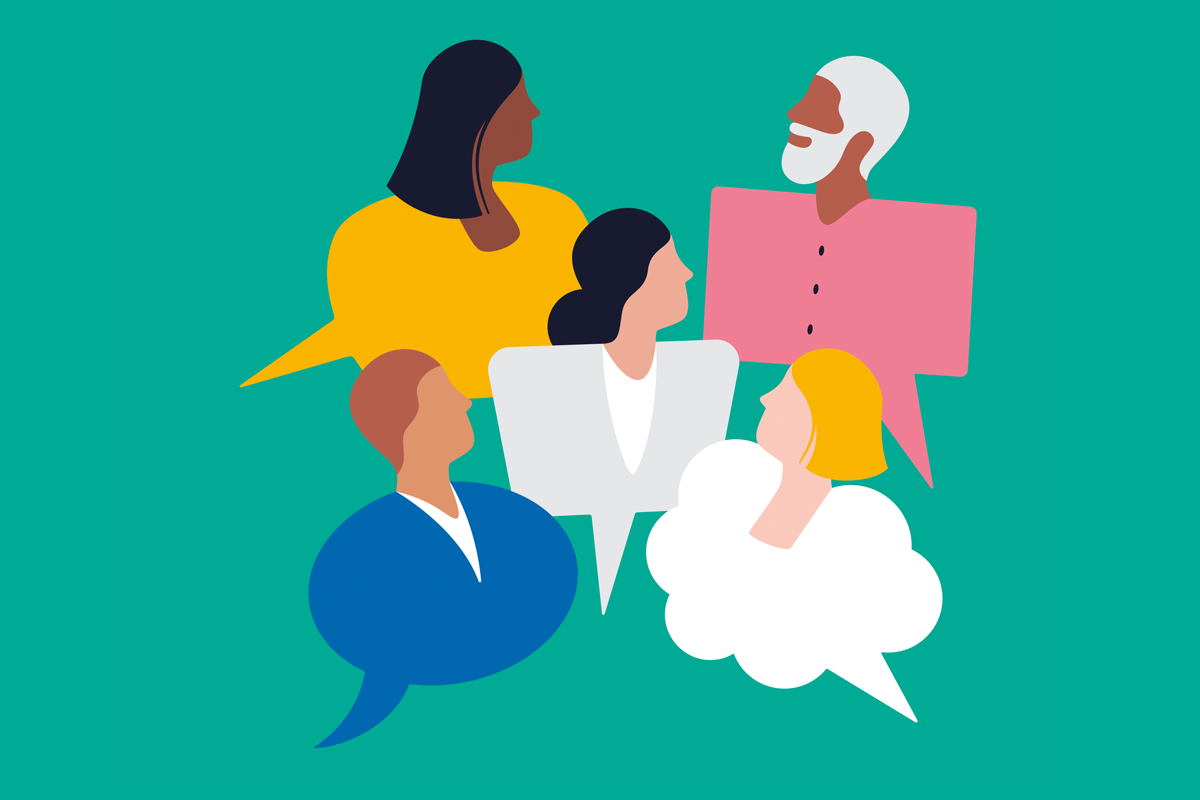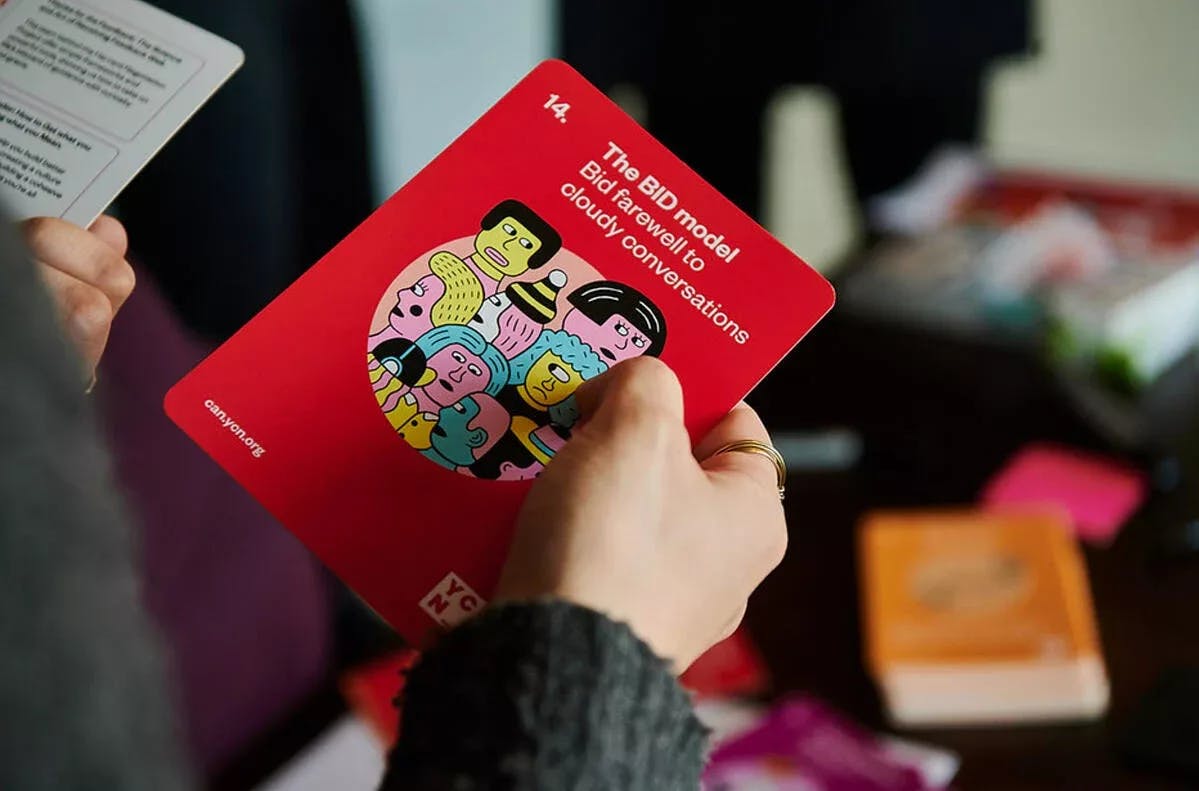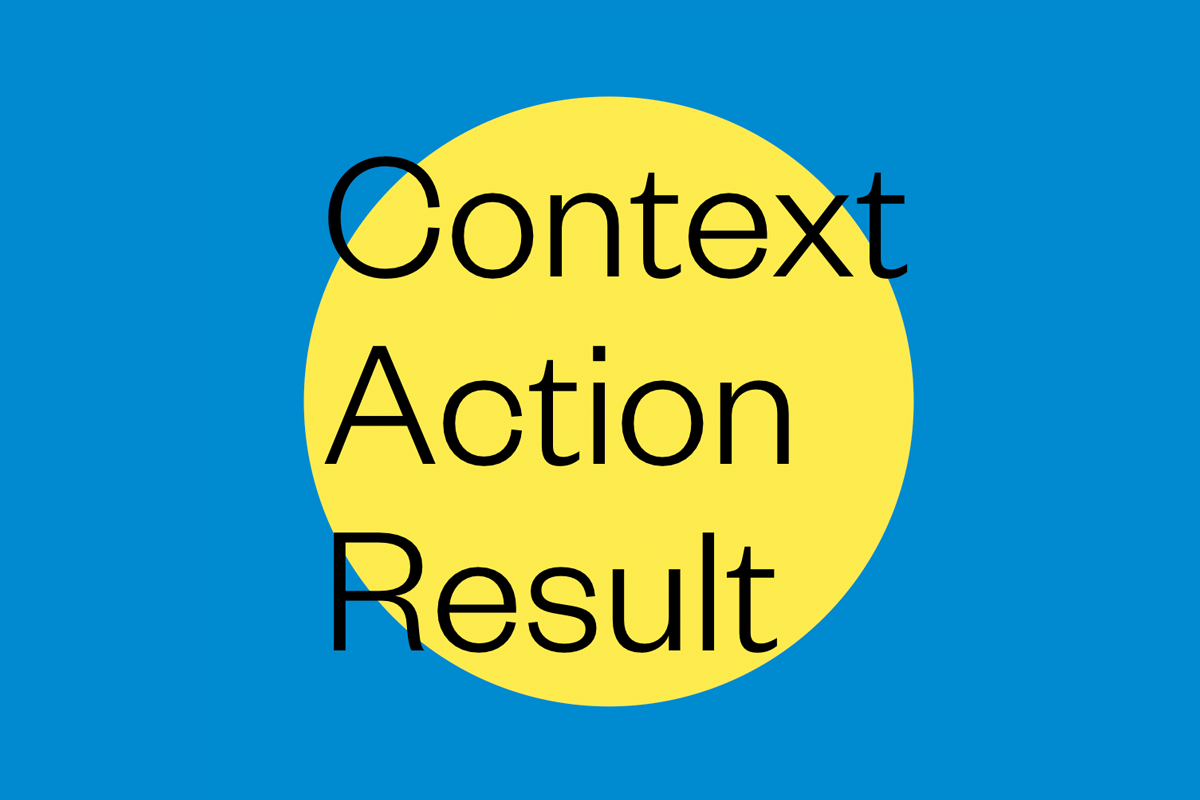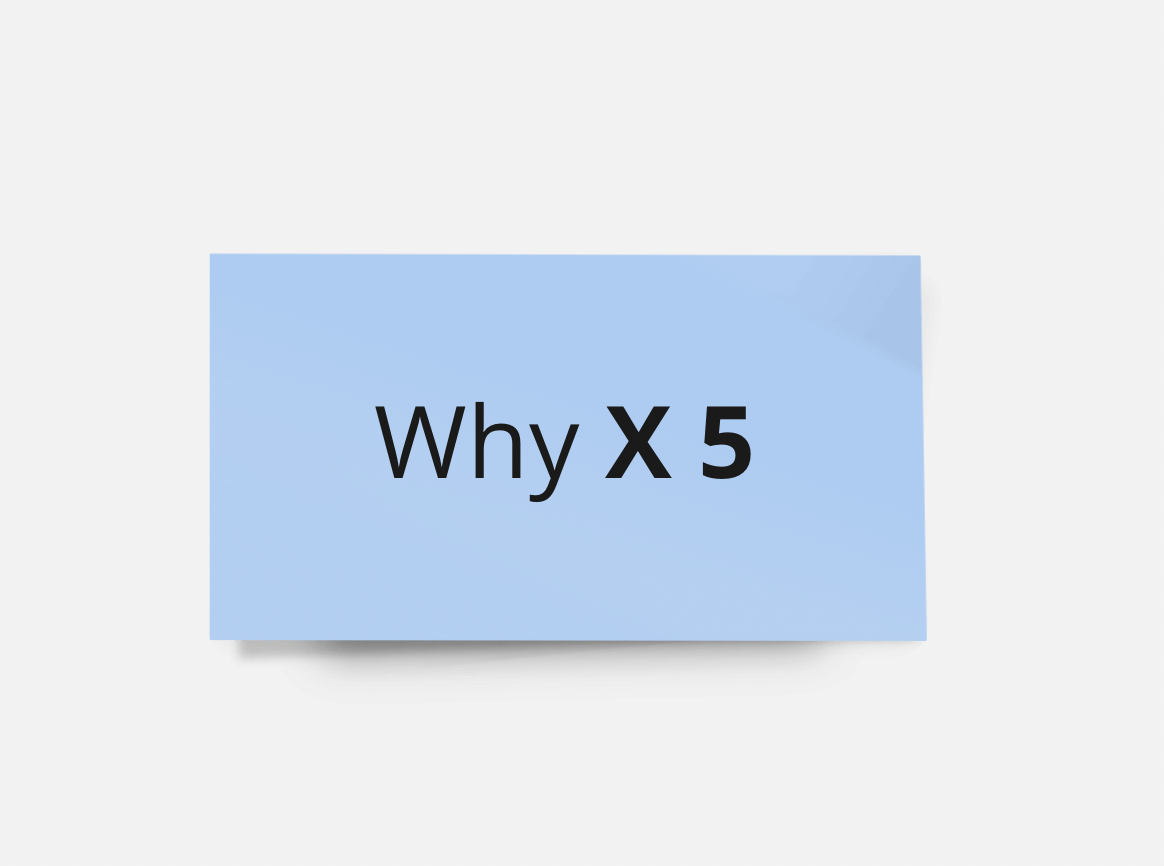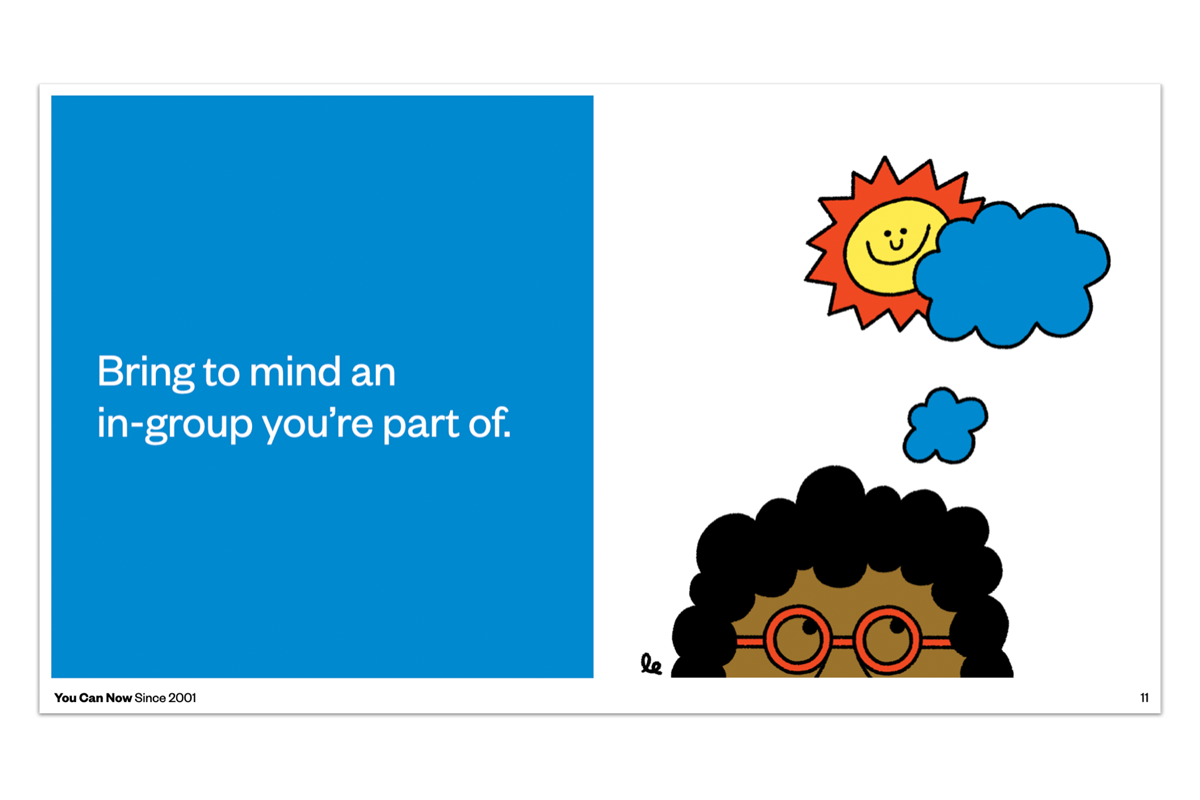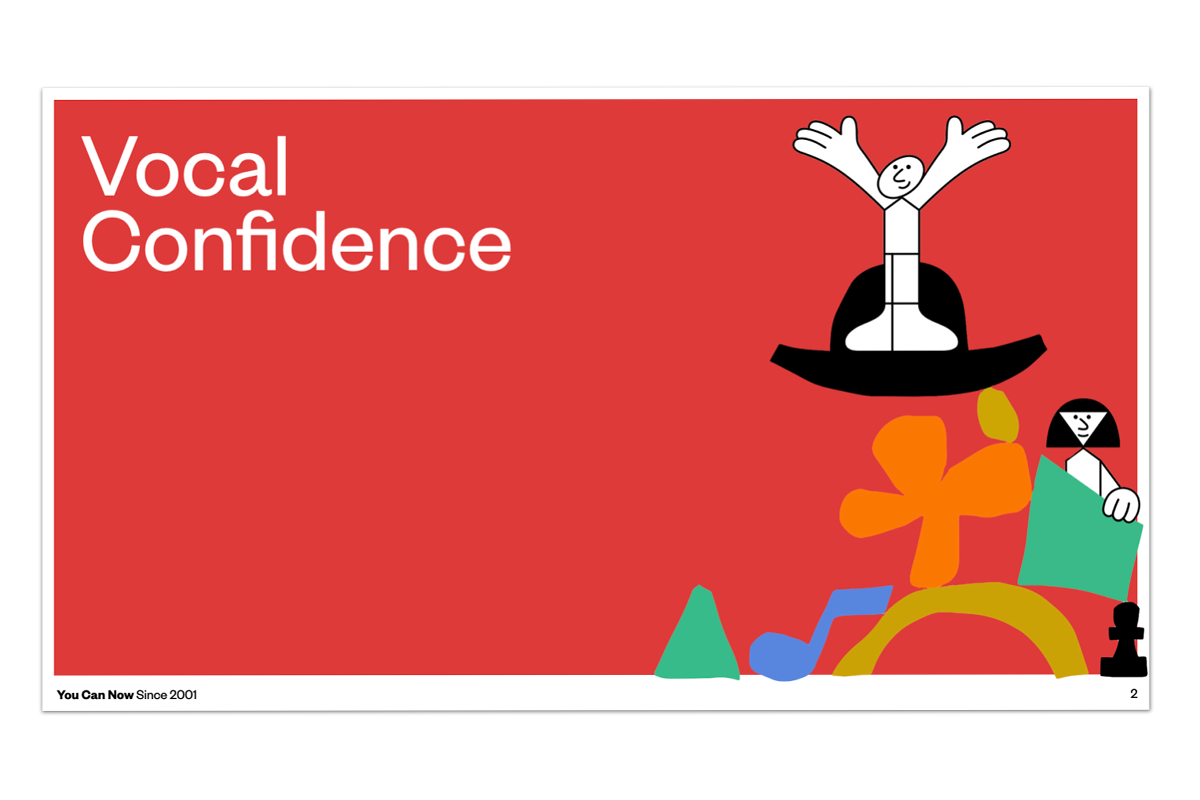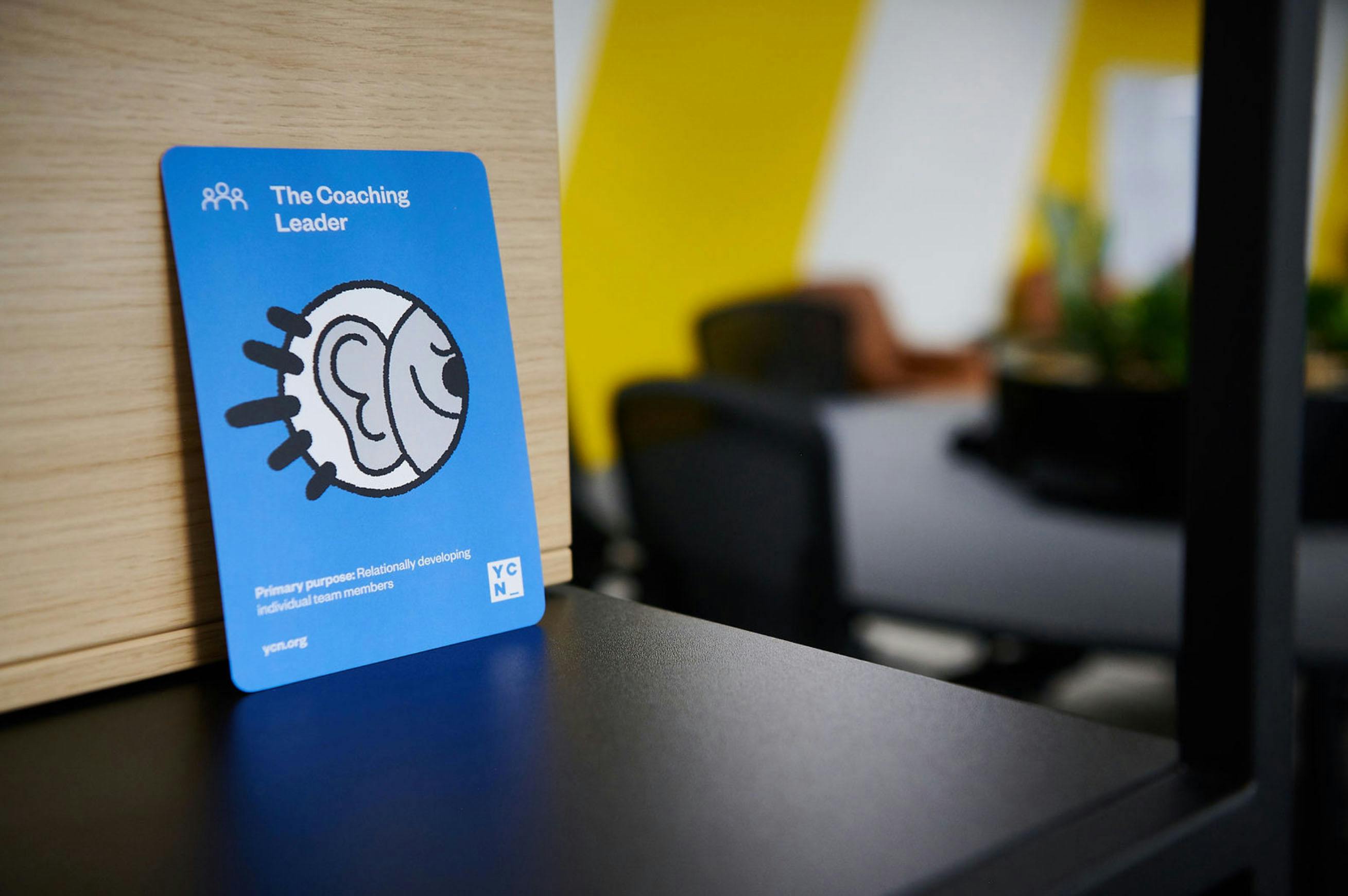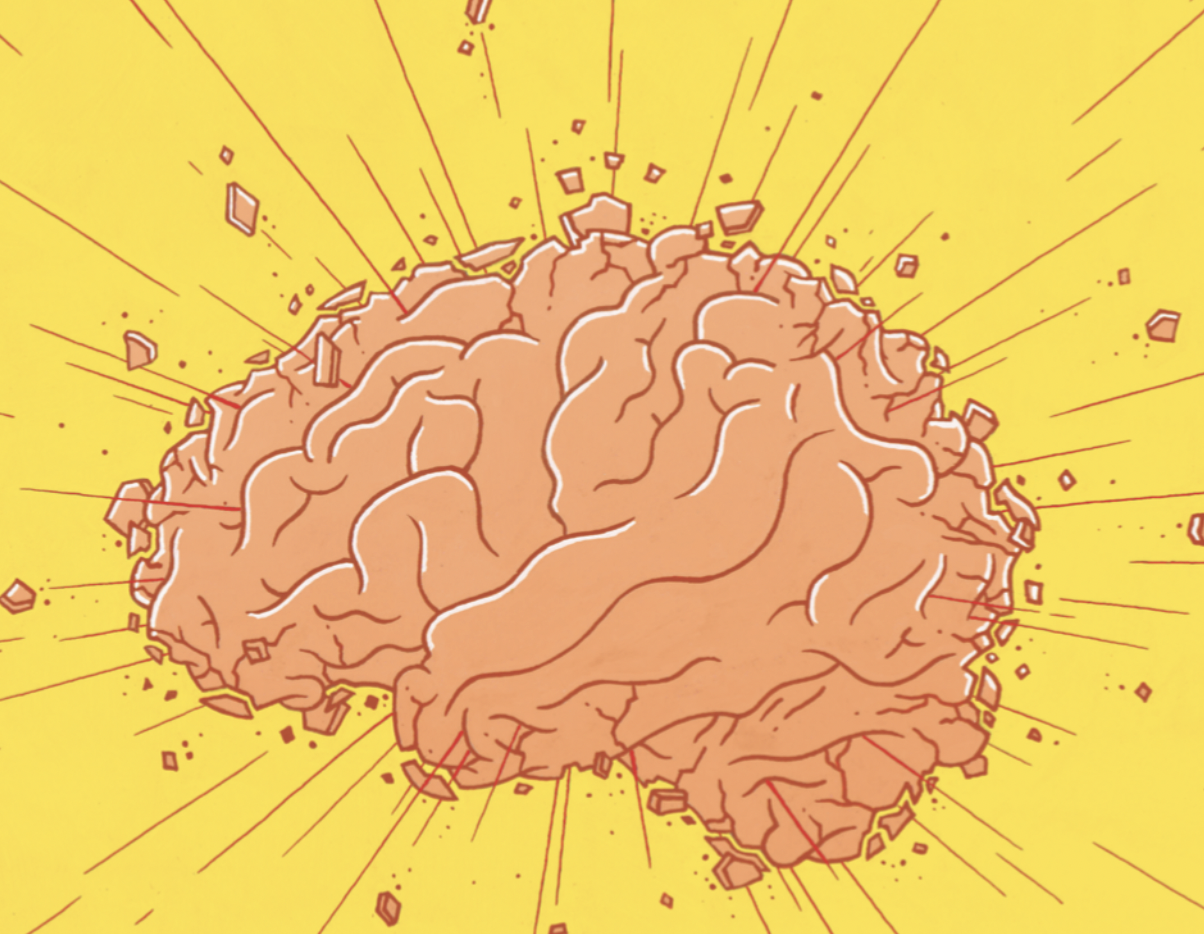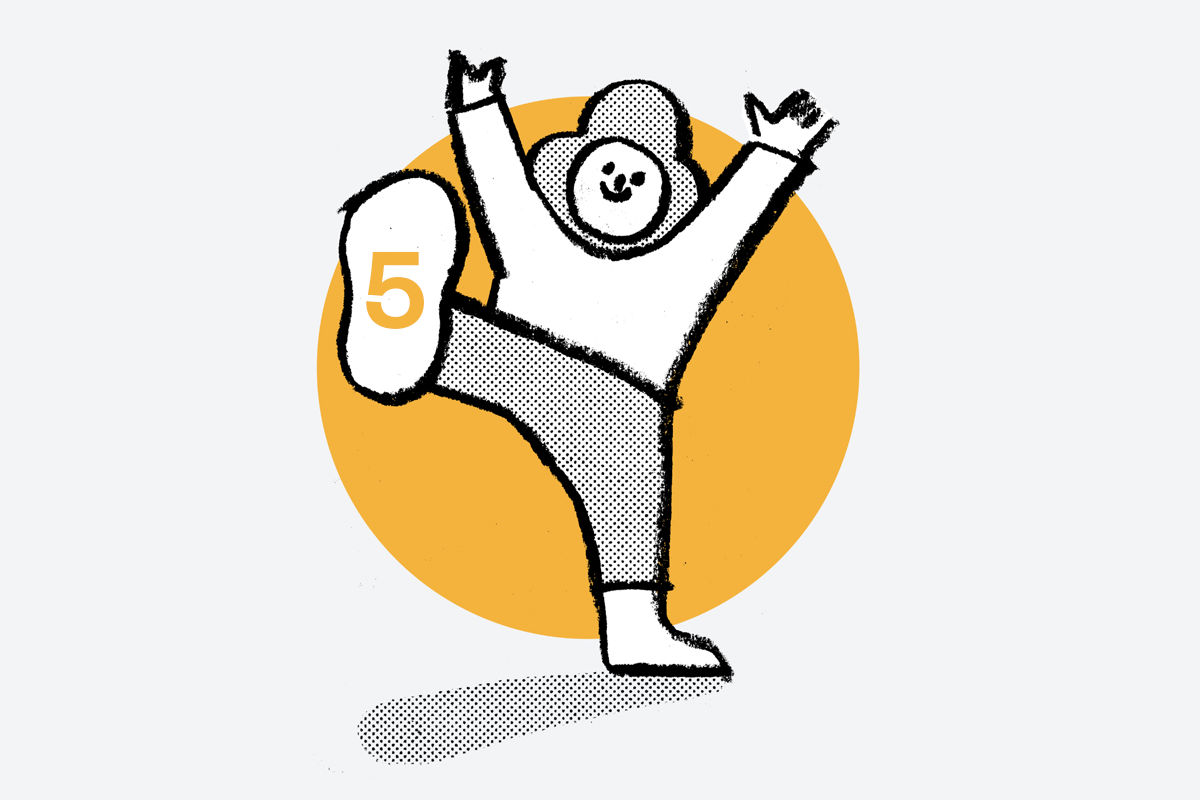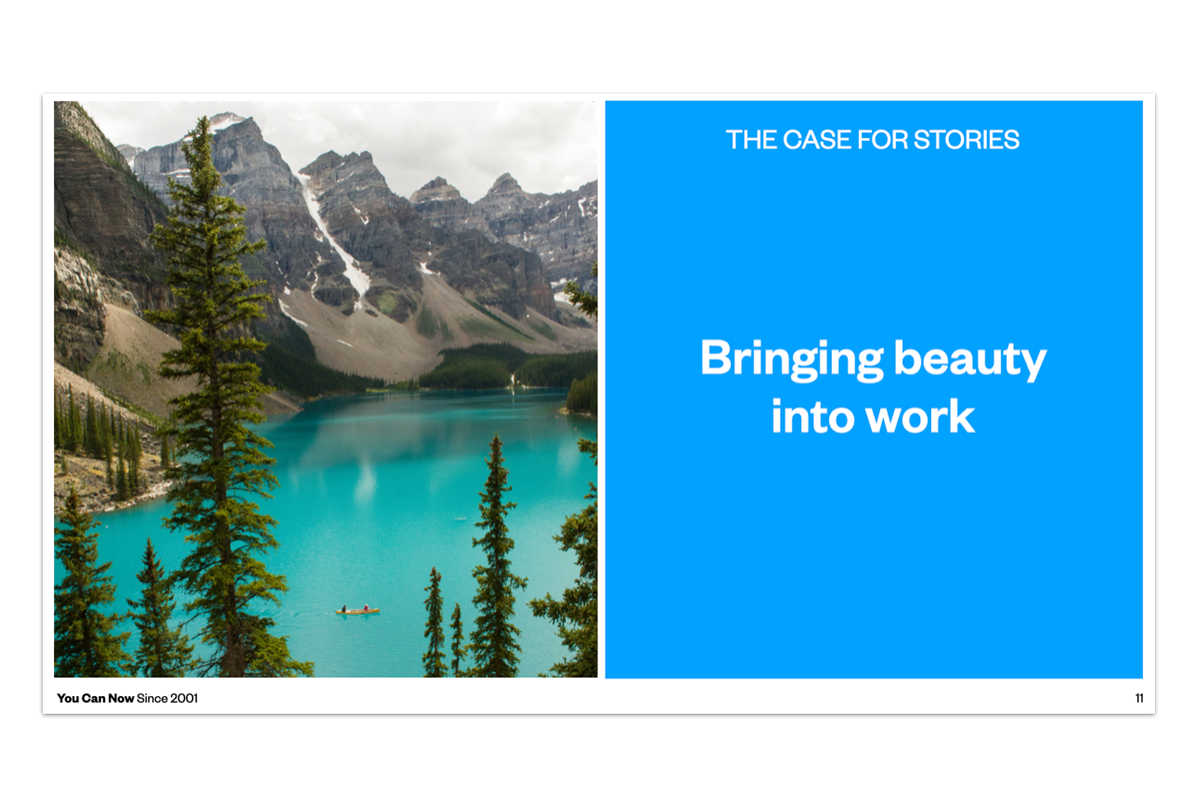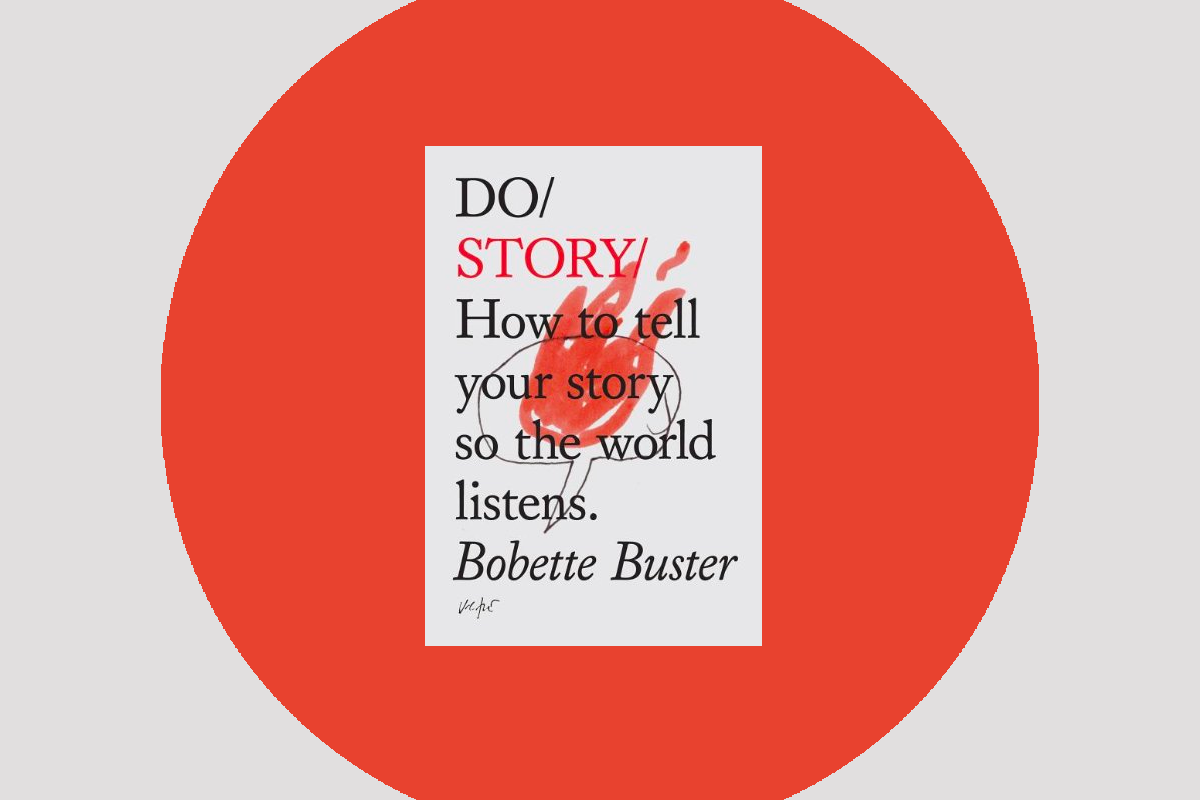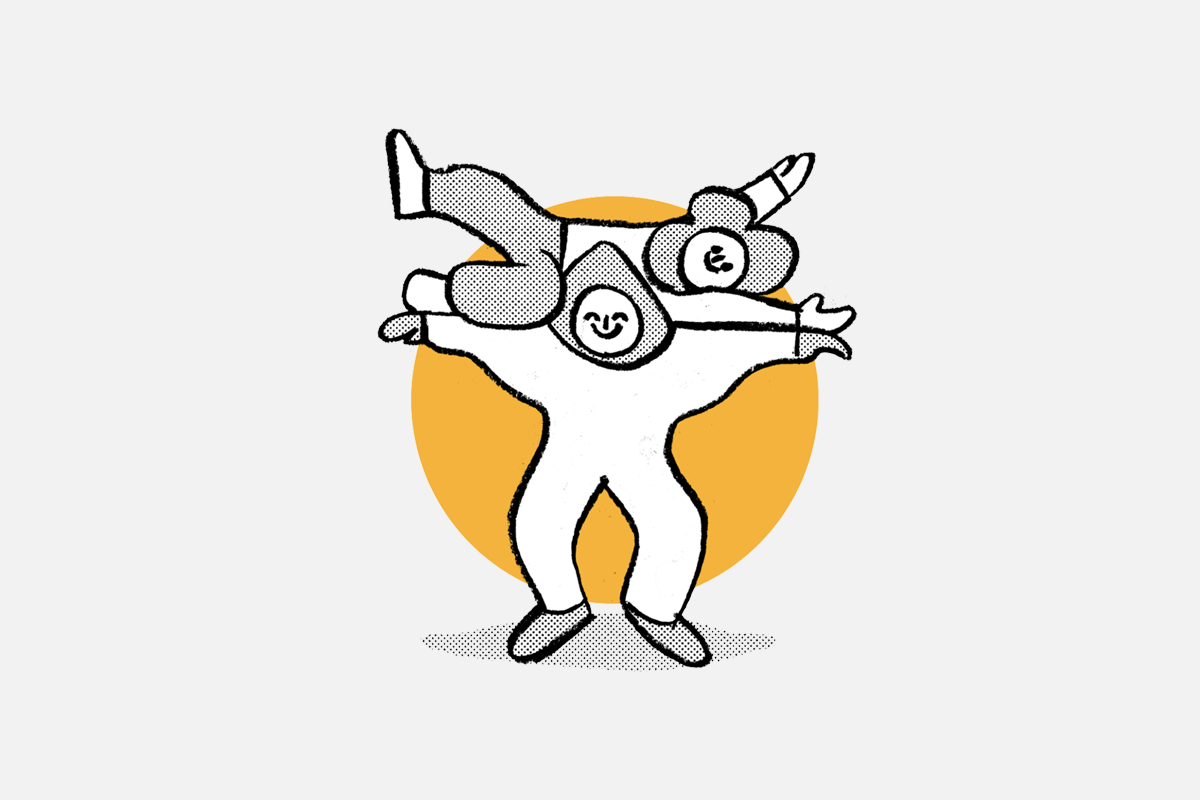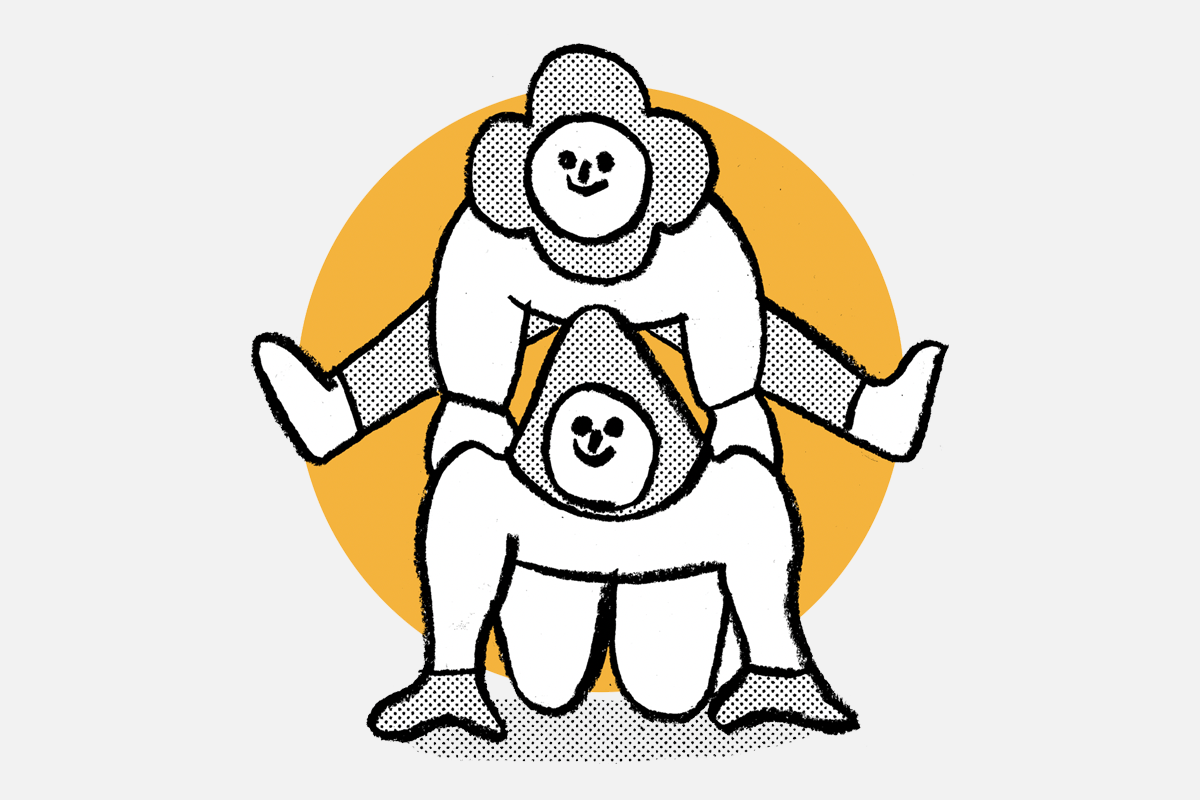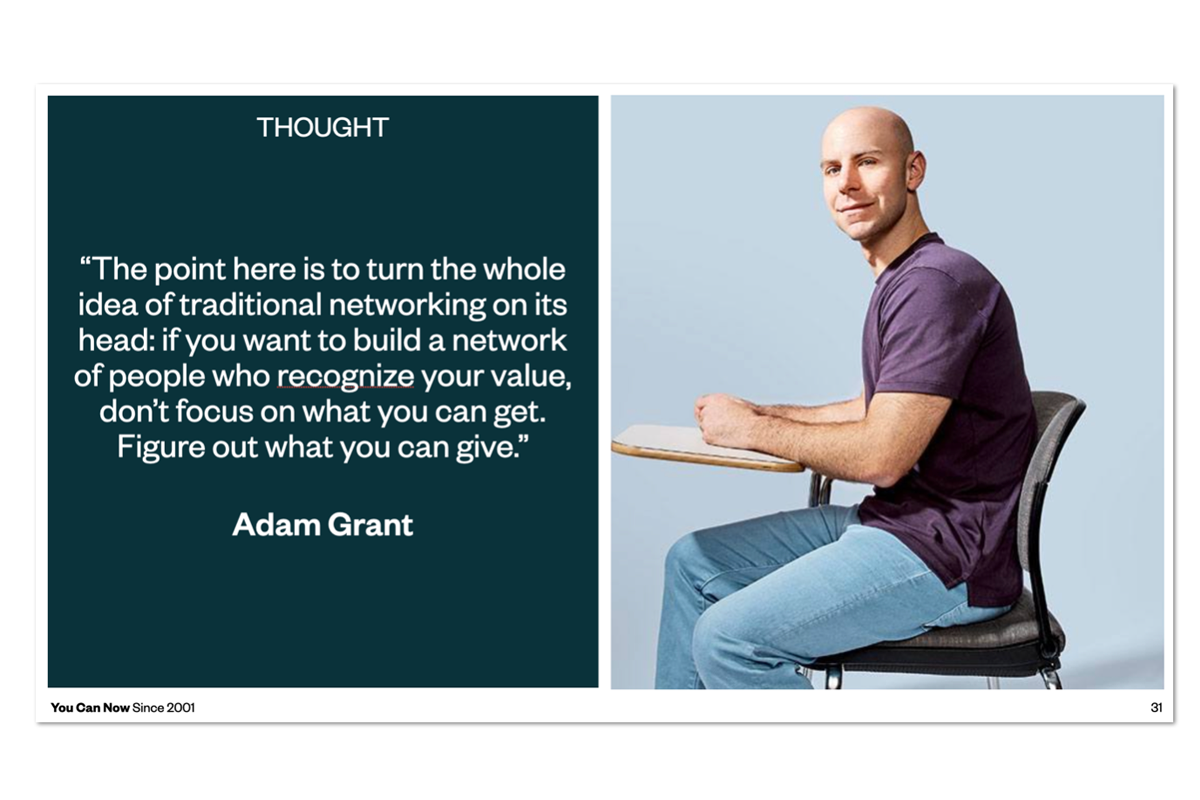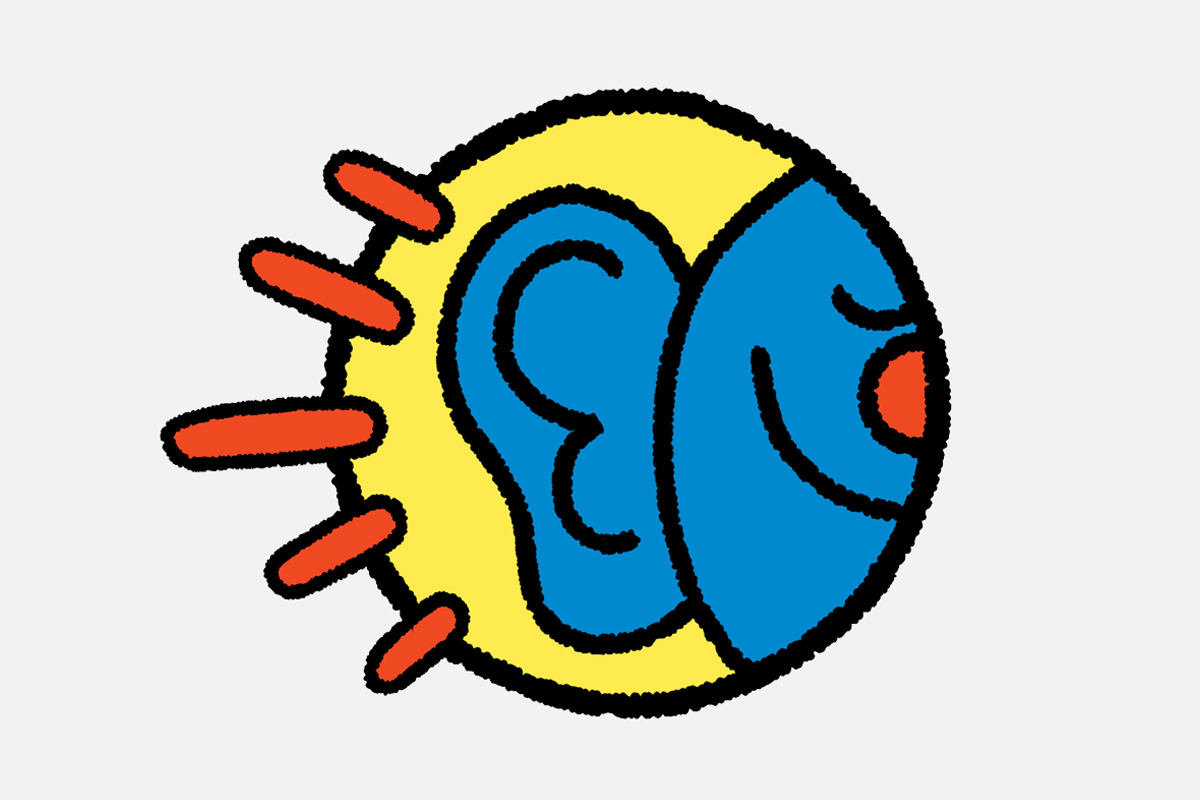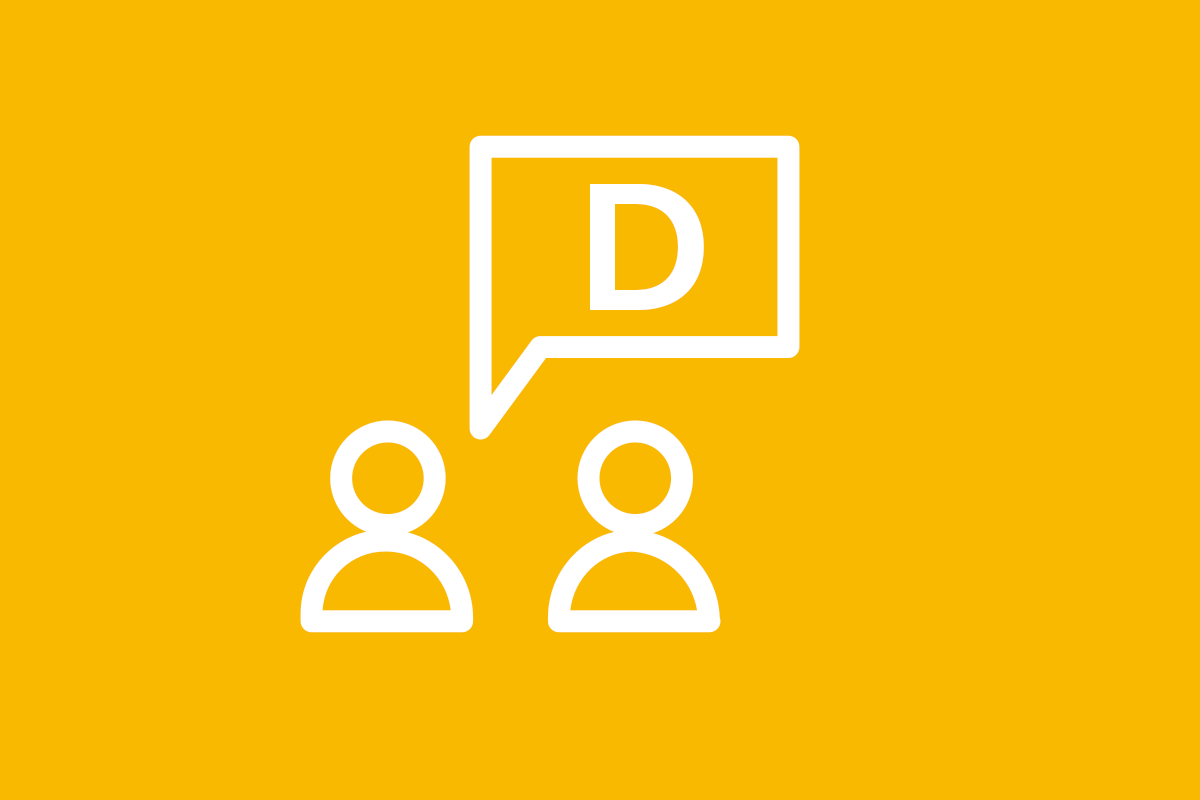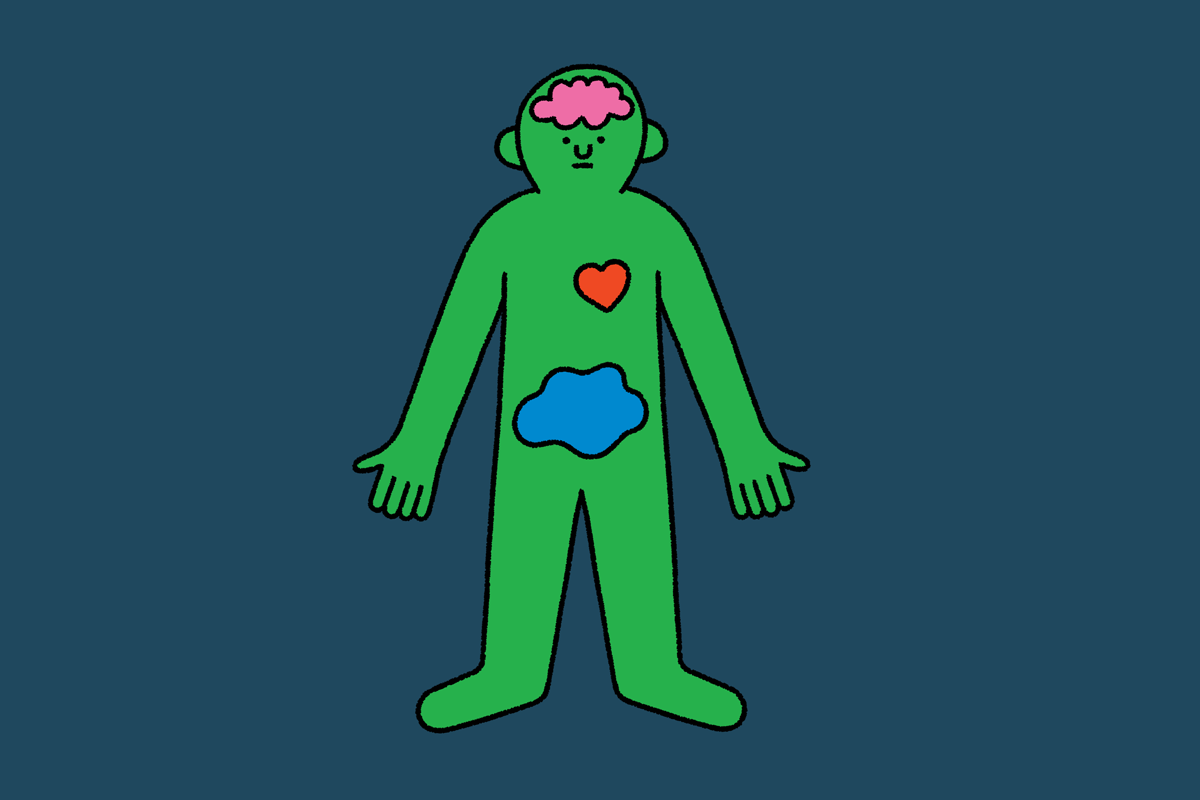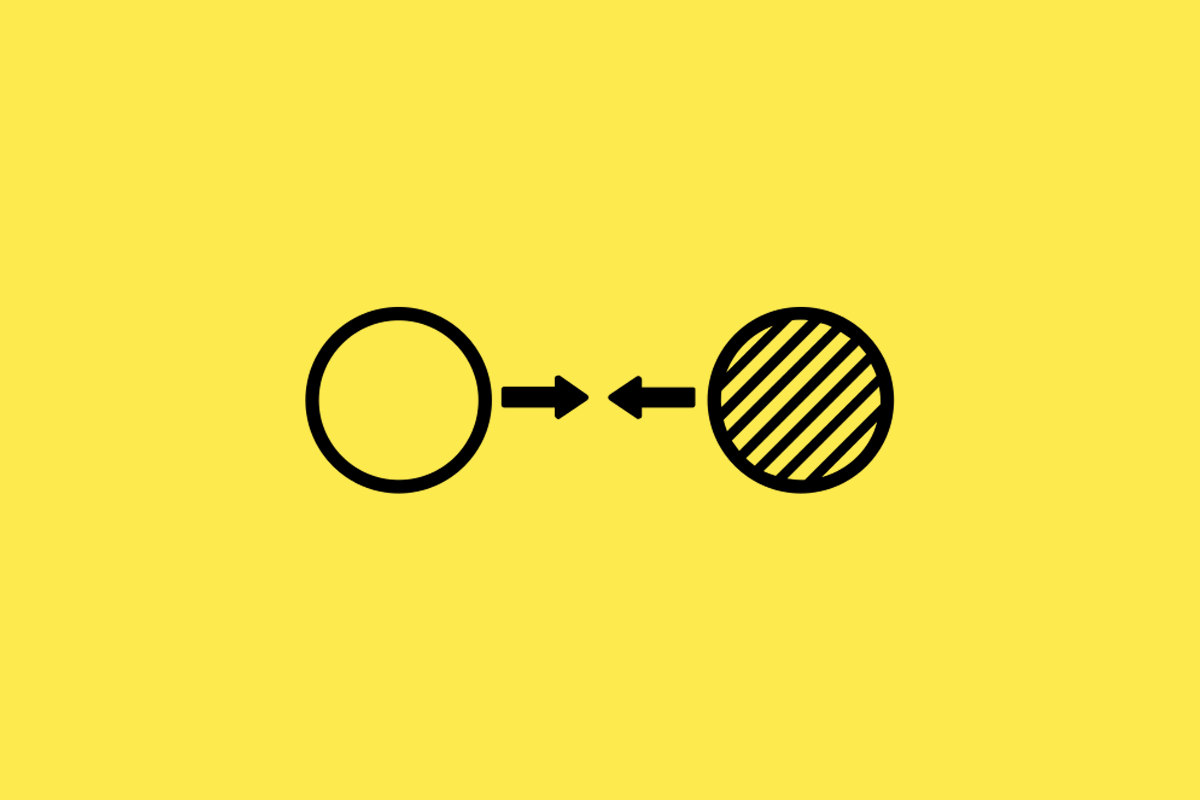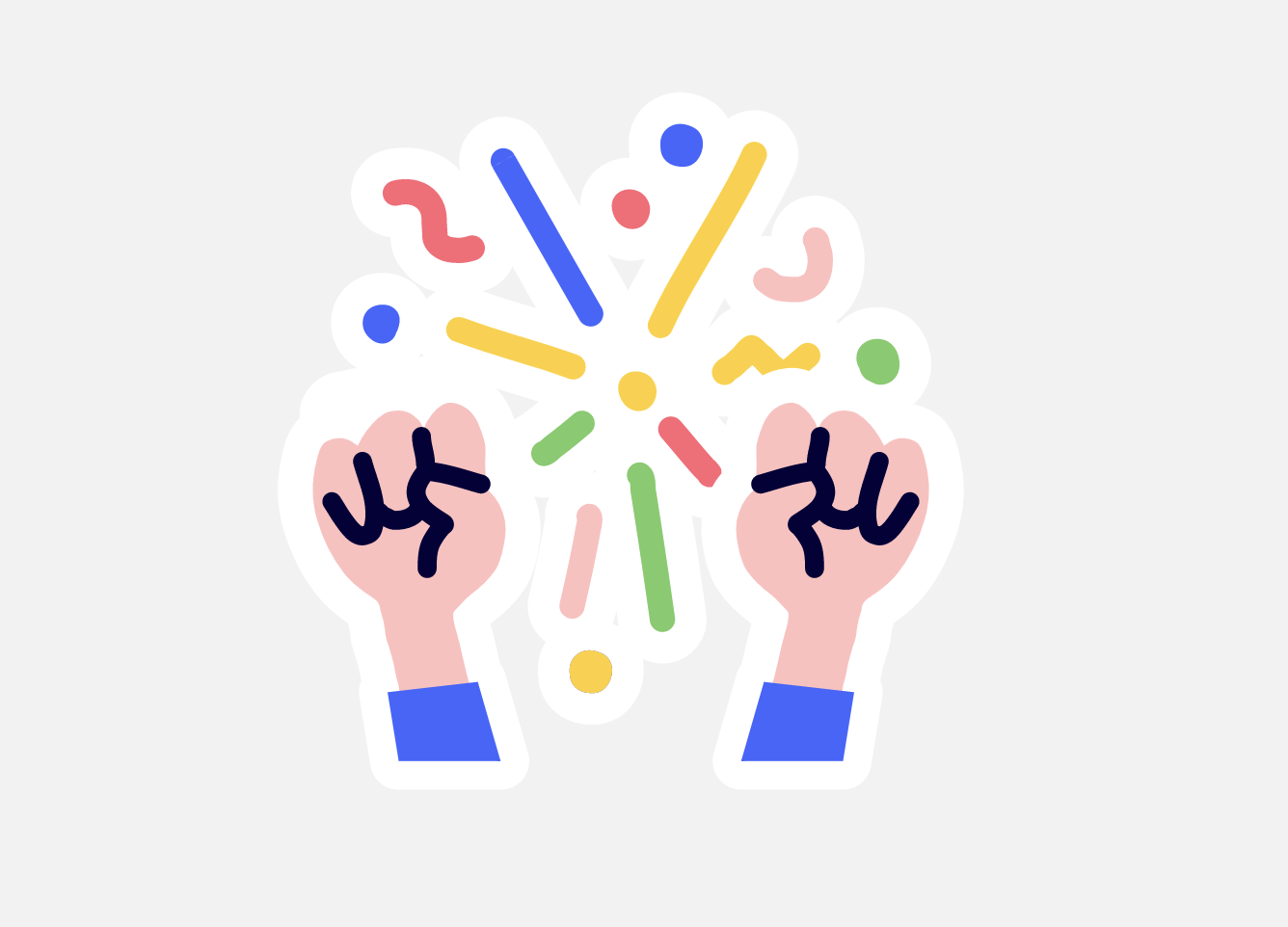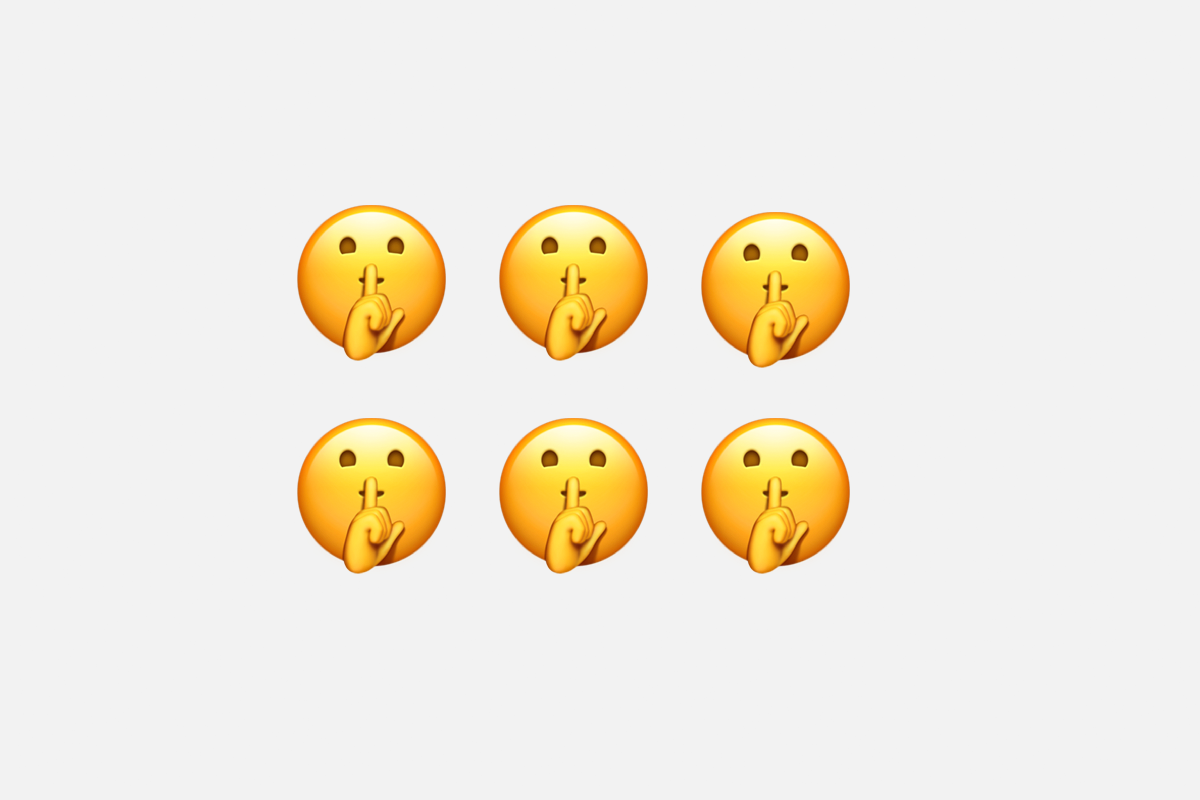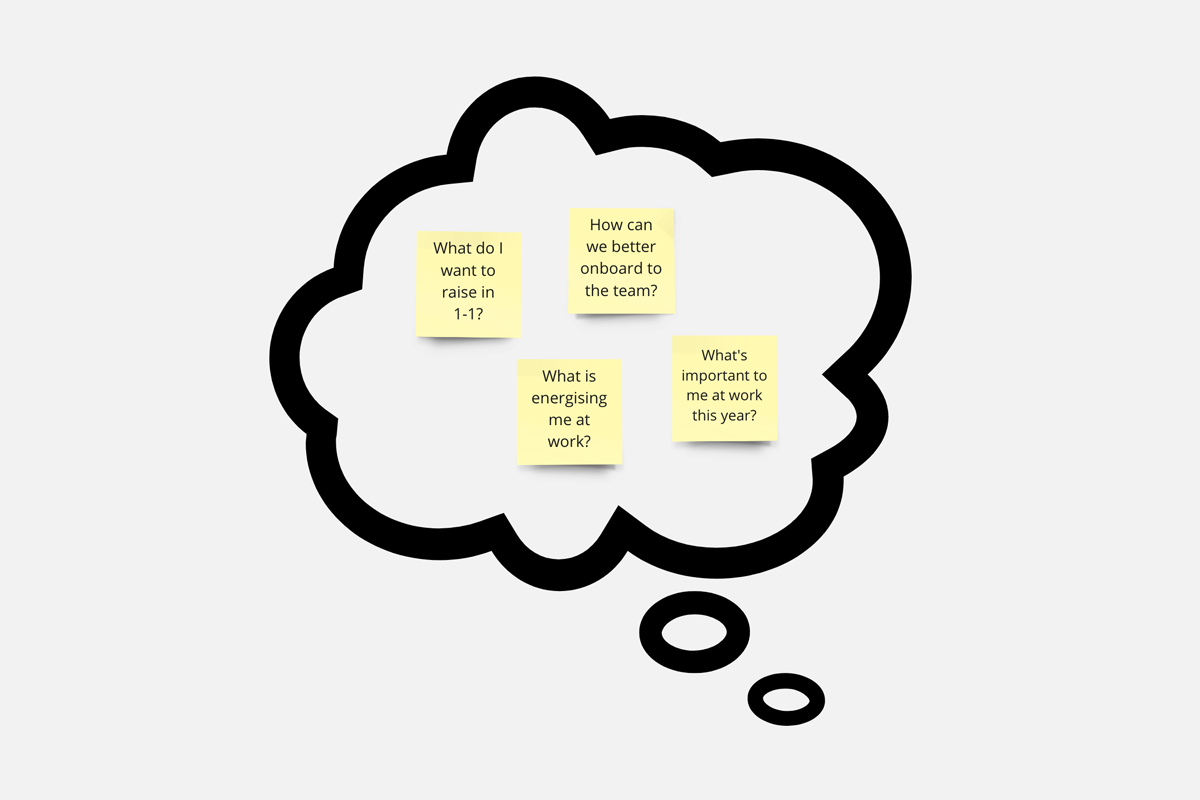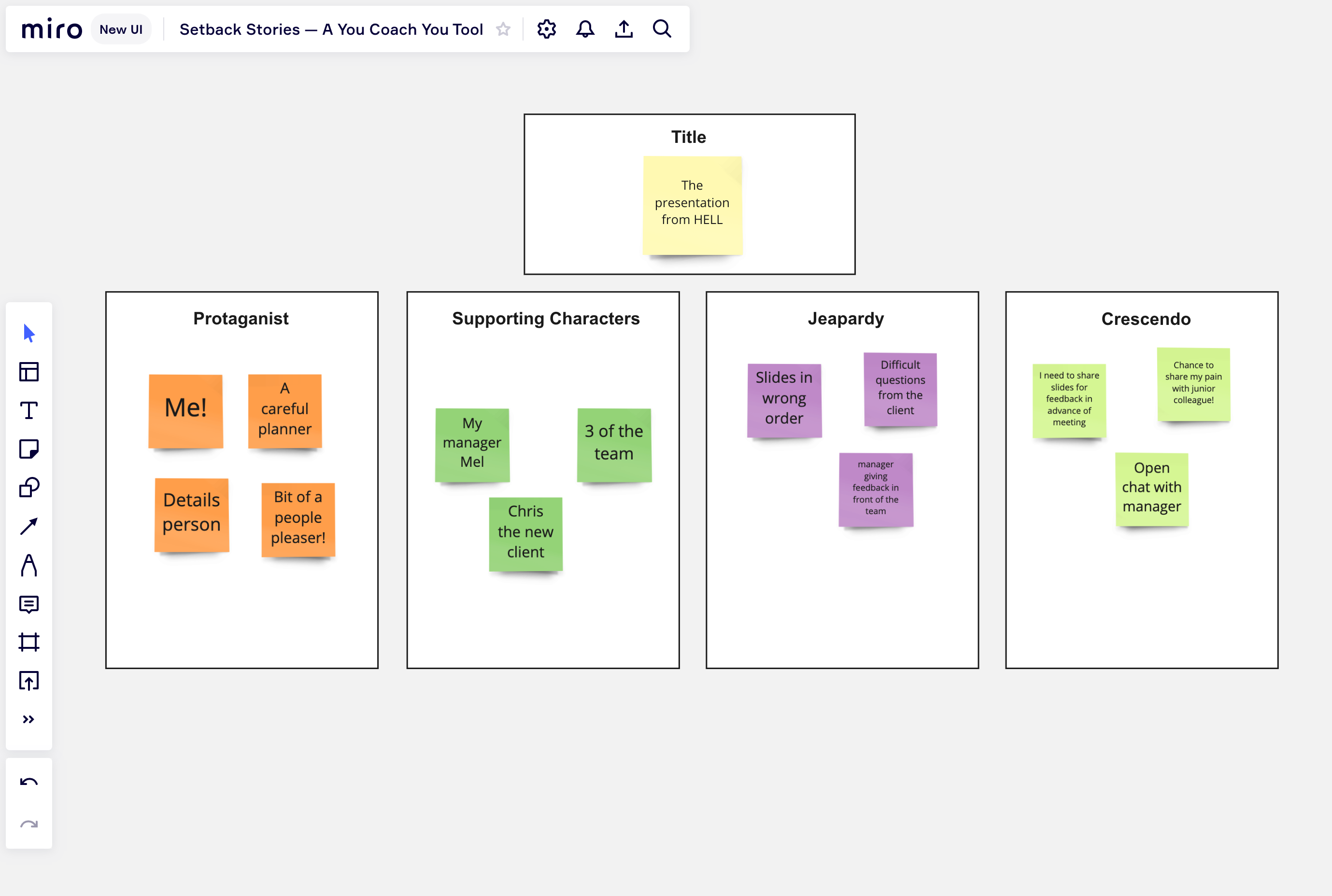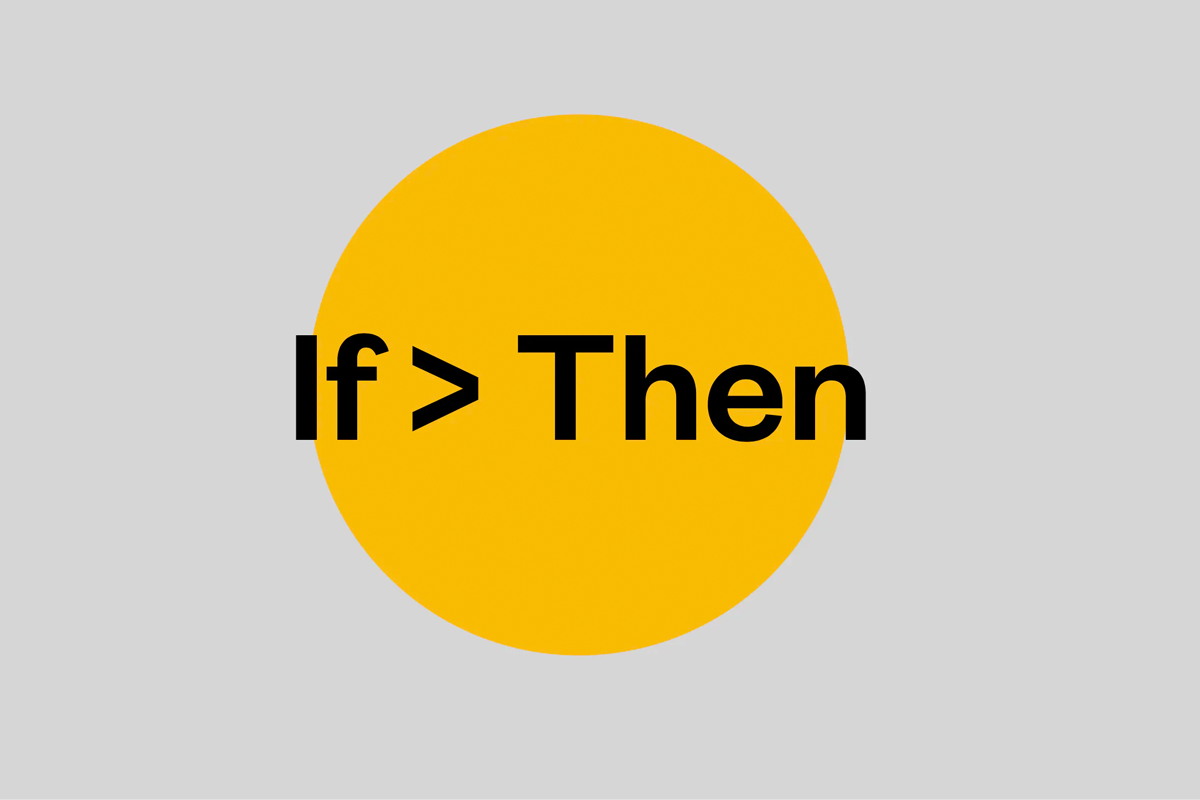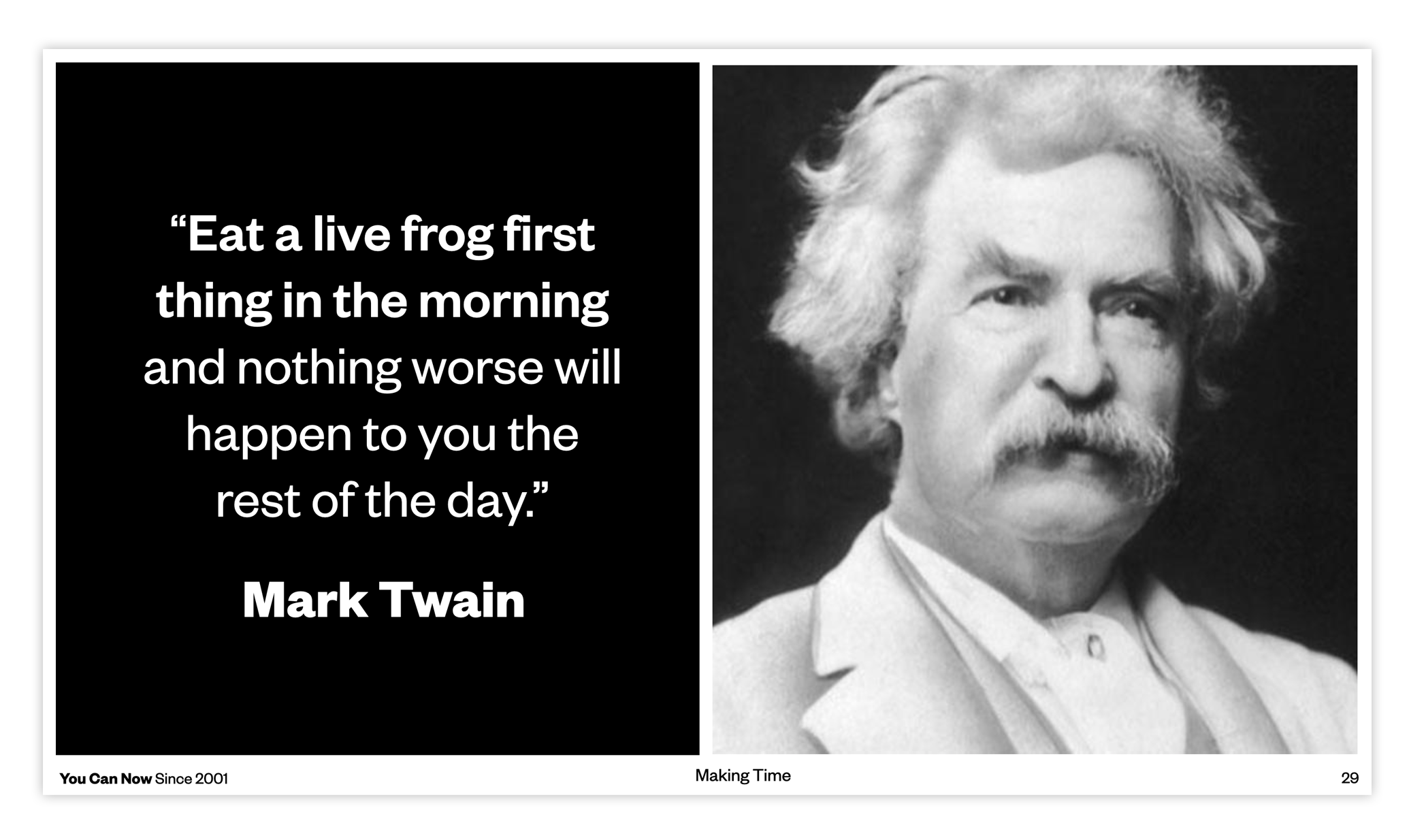For you, new and popular
Try the 5 Whys to invigorate your problem solving and add depth to your decisions.
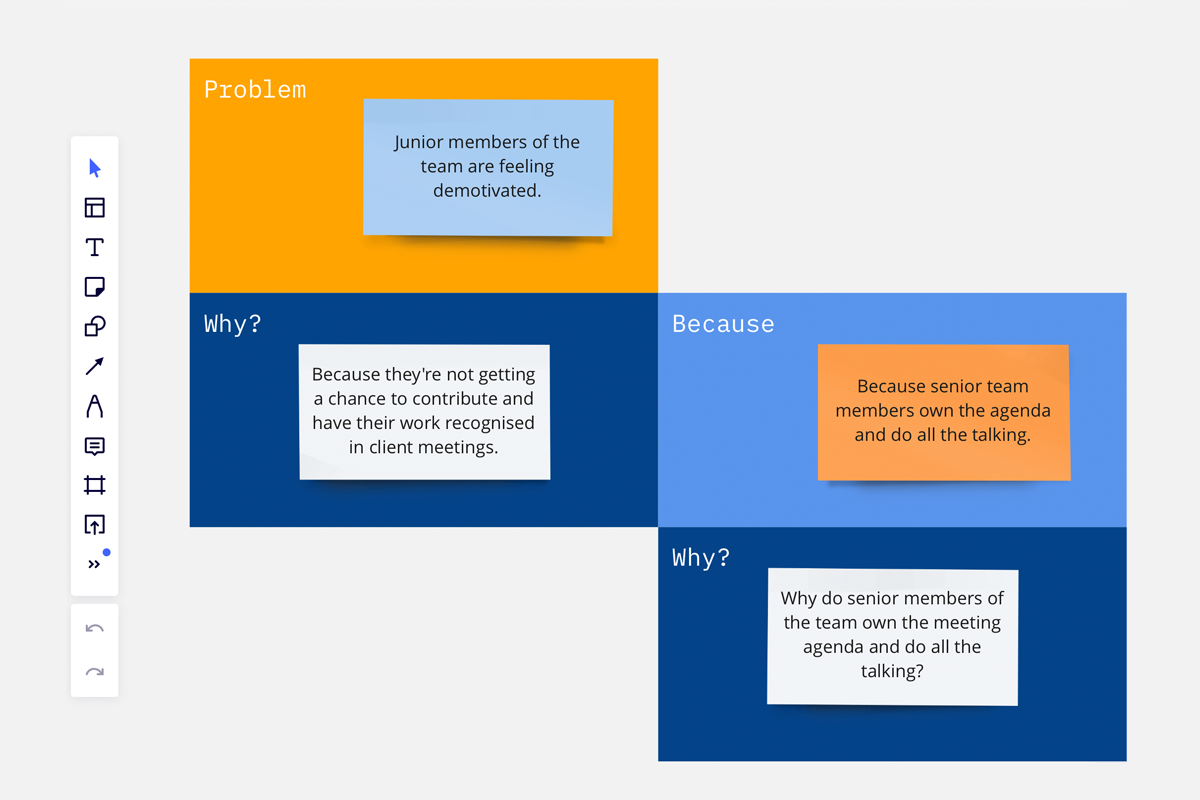
'If I had an hour to solve a problem I'd spend 55 minutes thinking about the problem and 5 minutes thinking about solutions.'
Japanese car manufacturer Toyota have made a lot of changes since their founding in 1933 - hell, they didn’t even use seatbelts until 63’. But one clever framework for solving problems and making decisions, created by founder/inventor Sakichi Toyoda, has been a mainstay since day one - the 5 Whys. It links nicely into the concept of ‘Kaizen’ coined at the firm to encourage a culture of continual improvement.
The 5 whys is super simple. Whenever you’re faced with a problem or setback, ask why that problem has happened five times in sequence. With each why, you’ll find you’re getting closer to the root causes of a problem, and building counter-measures and solutions simultaneously.
Let’s take a look at how the 5 whys work.
Simple steps to follow
Toyota have a ‘go and see’ philosophy, meaning analysis of the problem and the decision making following it is only effective when people with first hand experience are involved. So, when running through the 5 whys, make sure it’s with people who know their stuff in relation to the challenge you’re going to dig into.
You want to be able to work through the 5 whys visually, so gather around a whiteboard (virtual or physical) or grab some post-its/index cards and pens.
As an example, we’ll use ‘Junior members of the team are feeling demotivated.’ When you have talked amongst your team and defined what the problem is, write it down, leaving enough space around it to accommodate your 5 whys.
Ask your team why this problem is happening, or ‘why are junior members of the team feeling demotivated?’ It sounds simple, but it does require a little bit of brainstorming and soul searching. Be patient, ask questions, and the answer will come.
When you have found your answer, write it down beside the problem. For the example above, the first ‘why?’ might be ‘because they’re not getting a chance to contribute and have their work recognised in client meetings.’
For each step, ask another ‘why?’ based on the answer you reached. ‘Why are they not getting a chance to contribute and have their work recognised in client meetings?’
Brainstorm again, find a new answer, and write it down. For our example, the second ‘why?’ might be ‘because senior team members own the agenda and do all the talking.’
Now keep going. ‘Why do senior team members own the agenda and do all the talking?’
Because senior team members have earlier contact and relationships with new clients.
Why?
Because they have confidence and context to deal with earlier challenges.
Why?
Experience, and because they've been through the company's academy training programme but juniors haven't.
Your fifth ‘why?’ is the root cause of the problem, and it’s what needs correcting to fix the problem at hand. Talk amongst the team about solutions and counter-measures to this root cause.
The root cause of the fifth ‘why?’ above was ‘Junior team members have no client facing training.’
The solution? Provide soft skills training for junior team members.
Find a metric to gauge the success of your solution. Has it worked? Has it not? Were there hidden benefits or has it kicked up new problems? If the problem returns, then return to the 5 why’s.
Persist!
👉 The 5 whys can be a tricky, and at times frustrating, tool to master. And you can sometimes feel stuck or ‘dead-ended’. Persistence is key, and many super-users of the tool recommend running through it a number of times around the same challenge. Ultimately, what it does brilliantly is uncover things that may have gone overlooked; revealing starting points for improvement both large and small.
Keen for more?
You might find this Miro board handy, with a 5 whys template and another example of the tool in action.
Try the Six Thinking Hats or sign up for our Team Tools workshop for more collaborative problem solving tools.
Use the B.R.A.I.N. model for quick decision making.
Take a look at our conversation with Amazing If’s Sarah Ellis ; a treasure trove of work tips and tricks.






